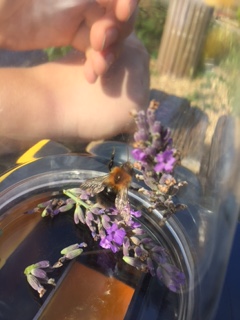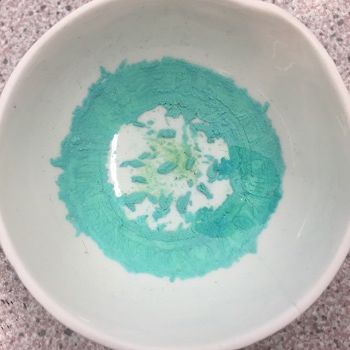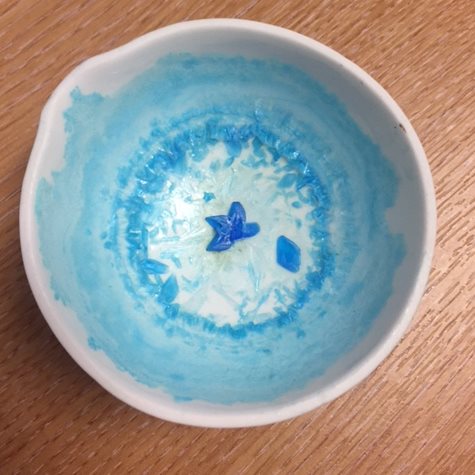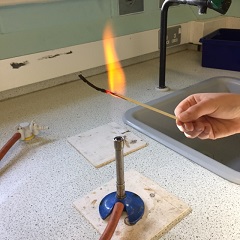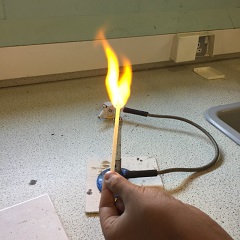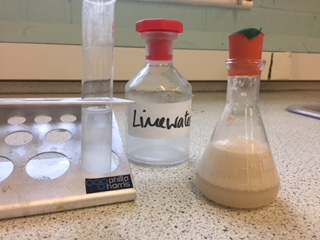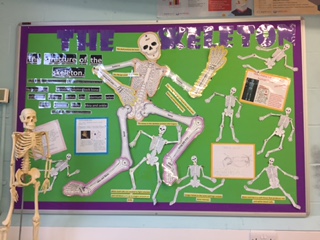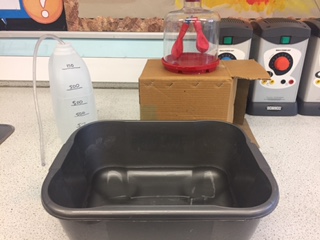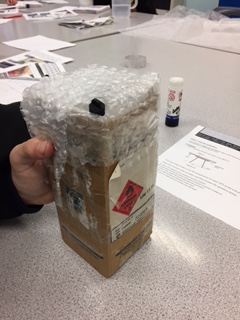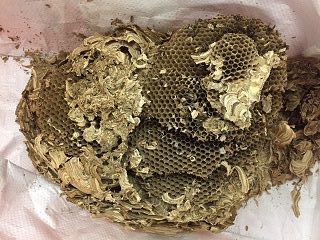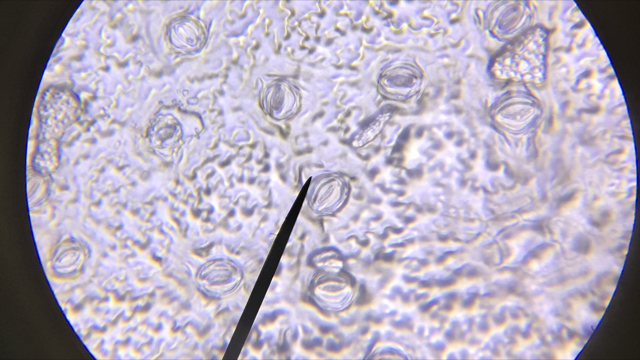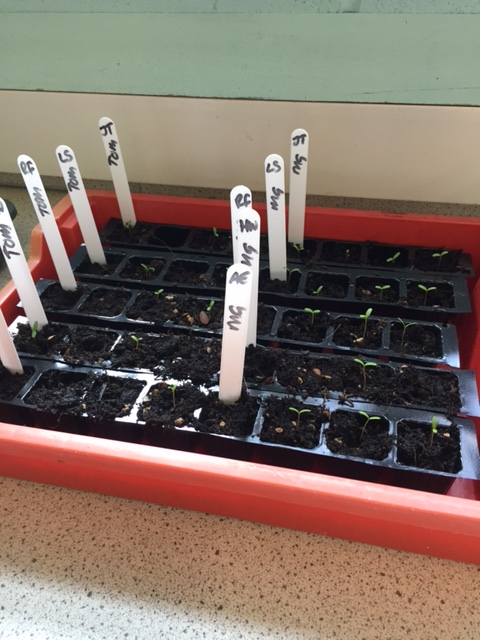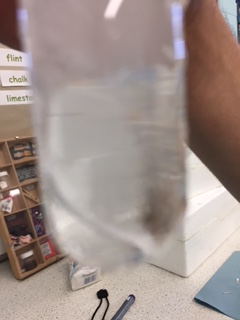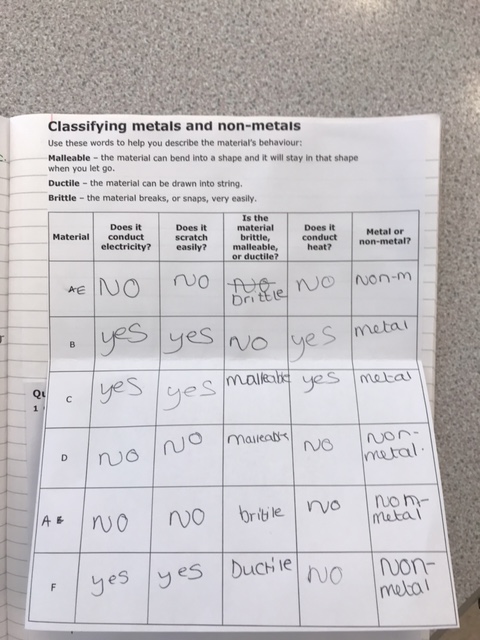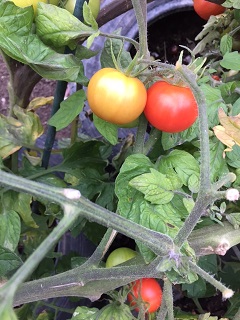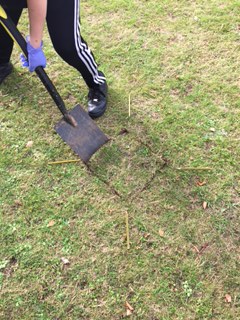Science
Science at The Rowans is a place to explore and wonder. It is a space where pupils investigate the world around them and find out how they are key to our planet’s survival, how their bodies work and experiment finding out for themselves how and why reactions happen. British Science Week is always celebrated, in style, bringing science to the forefront of our school life. Pupils’ complete challenges such as: design and build enormous tetrahedral domes that fill our school hall, engineer mechanical lifts across the hall and make bridges in a competition set by The Rochester Bridge Trust. As a school we also like to help our community and have worked alongside local adult SEND provisions where pupils have the chance to teach others what they have learnt to share the learning pupils have completed in class. We have also provided enrichment packs for local children’s charity groups giving them Lego cars and challenging them to make them and use speed/ distance / time calculations to see how fast they can go.
Curriculum: KS3 pupils follow the Activate scheme of work for three years that directly leads to AQA GCSE and BTEC Science cources in KS4.
Pupils learn how to work scientifically in all disciplines of science: Biology, Chemistry and Physics learning the applications of topics in real life scenarios. Pupils’ complete practical investigations throughout the course learning how to draw scientific drawings, following methods to gain accurate results and evaluating results to make conclusions.
Topics covered in KS3
Year 1
Biology; cells and structure, function of body systems and new technology in genetics, inherited diseases, cloning and biotechnology such as how to make cheese. These topics show how science is used in their everyday lives to make some products they enjoy every day.
Chemistry; particles and their behaviour and elements, atoms and compounds and also look into turning points in chemistry such as evidence for atoms, discovering the periodic table and the oldest primate. Looking at the fossil trail and how this has shown is the journey of evolution.
Physics; forces, sound, light and then apply this learning to delve further looking into new technology in the physics of your phone, house, hospitals and in sport. These topics show an interesting application of science that are essential for our lives and how items we rely upon, such as mobile phones, use the science they are learning about.
Year 2
Biology; Reproduction, health and lifestyle and then follow this with how biology is used in the world of forensics in microscopy, fingerprinting, DNA testing, blood type and time of death in pathology.
Chemistry; reactions and separation techniques are followed by a unit on the new technology in chemistry covering topics such as: Nanoparticles and their uses in medicine and safety. The unit also covers pros and cons of cars, new fuels and hybrid and electric cars. Making learning relevant to our changing world and the problems we all face in climate change.
Physics; Space, electricity and magnetism. Pupils go onto look at key turning points in physics such as discovering the universe, space craft, missions to the moon, radioactivity and electromagnetism. This allows pupils to explore a bigger picture of learning that engages and intrigues the developing mind.
Year 3
Biology: ecosystem processes, adaptation and inheritance is followed by exploring the key turning points in biology that have shaped the world we live in today. Current topics such as vaccines, antibiotics and DNA are all explored alongside the history of Charles Darwin and preventing extinction of endangered animals and plants.
Chemistry: alkalis and acids, metals and acids and the earth are all learnt and then applied through the unit of detection where pupils investigate a break-in at a shop, how the fire brigade deal with smelly fluid leeks, police analysis of blood samples and mysterious letters, finding clues underground and in the carpet! Pupils then learn how this information can be used in court.
Physics: energy, motion and pressure. Pupils then learn how to detect planets, alien life, how GPS is used in our daily lives and how physics is used to investigate what the universe is made of.
KS4 pupils follow the BTEC Level 1/Level 2 First Award in Principles of Applied Science
Our KS4 pupils now have science in 2 option blocks. We follow the BTEC Level 1/Level 2 First Award in Principles of Applied Science that is a 2-year course. The BTEC covers all the sciences: Biology, Physics and Chemistry. This course follows on from the KS3 pathway with past learning being built upon during the course. The course is equally weighted in score for the final BTEC grade given with 25% for each of the units taken, one unit being an exam.
In Unit 1 (The exam unit) they cover the following topics; Cells, Organs, DNA and homeostasis. In Chemistry they cover the following topics; acids and alkalis and neutralisation. In Physics they cover the following topics; energy, efficiency and energy sources.
Pupils then complete 3 other coursework units, Unit 2 Chemistry and Our Earth, Unit 3 Energy and Our Universe and Unit 4 Biology and Our Environment.
This course promotes independent learners and both the working scientifically skills and academic skills needed to progress onto level 3 BTEC courses or A levels.
Department Staff:
- Subject Teacher: Mrs Martin and Helena Buckenham
Science in action
KS4 BTEC Science pupils testing the properties of ionic and covalent substances.
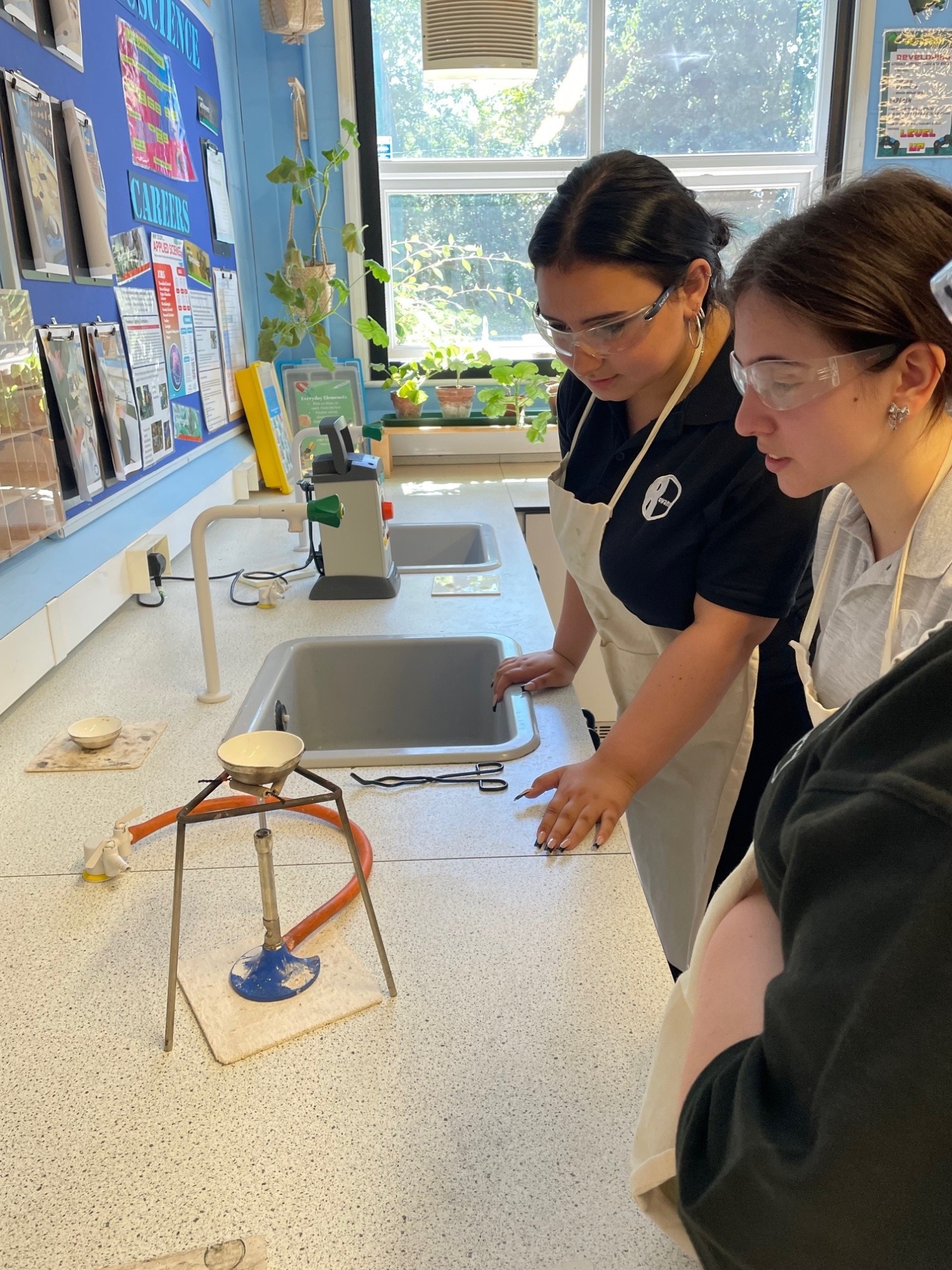
KS3 testing their circuit building skills.
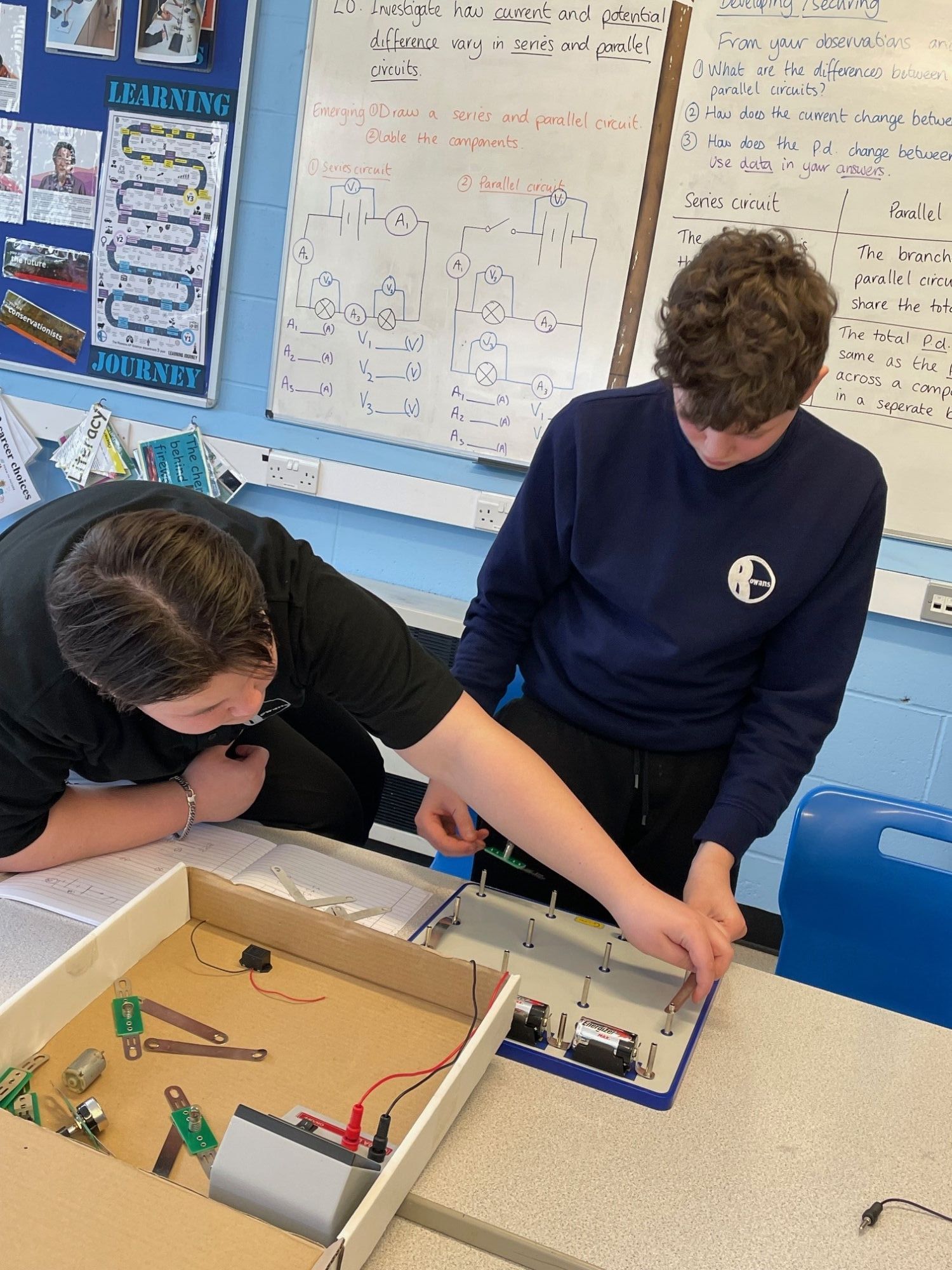
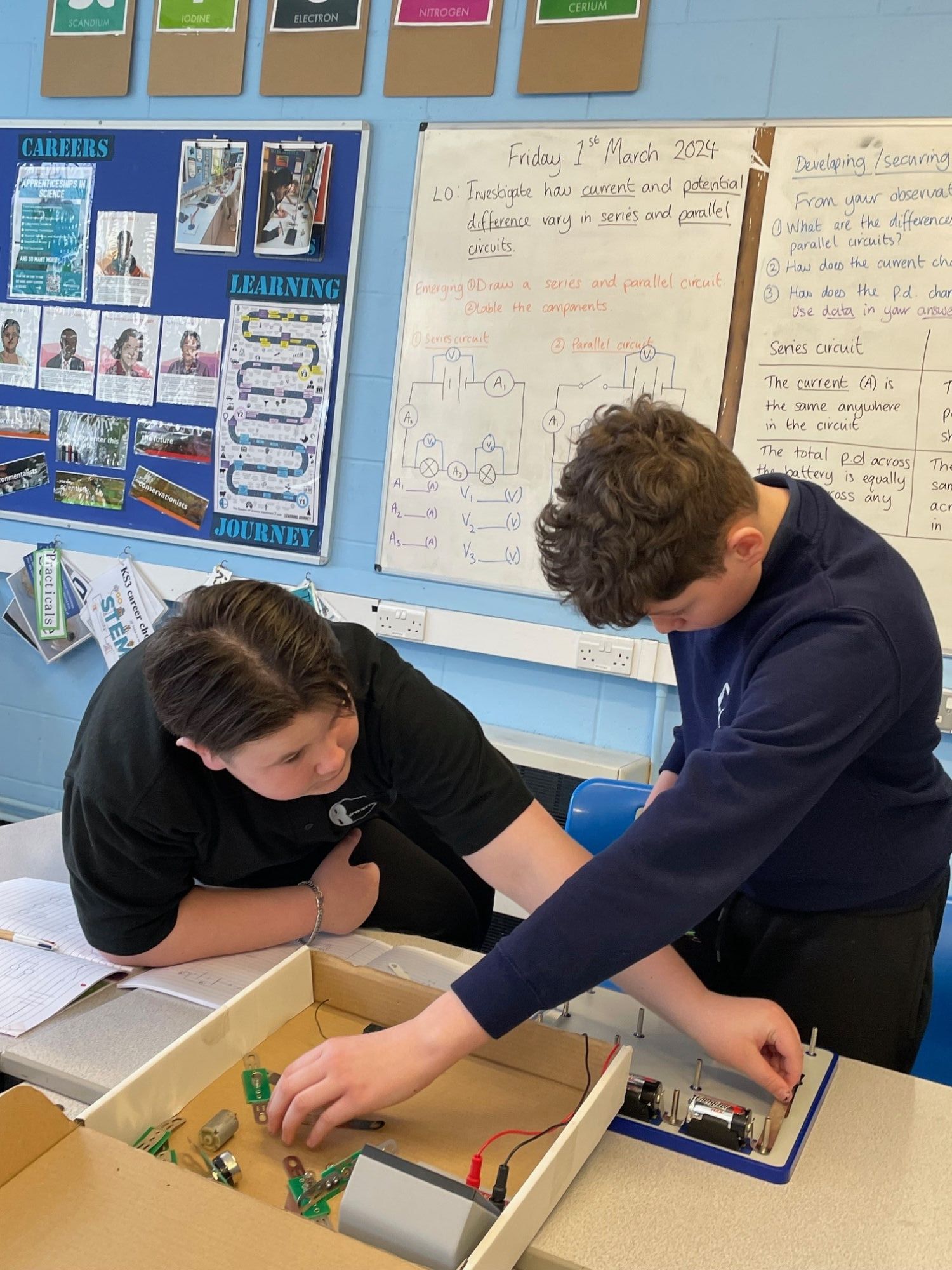
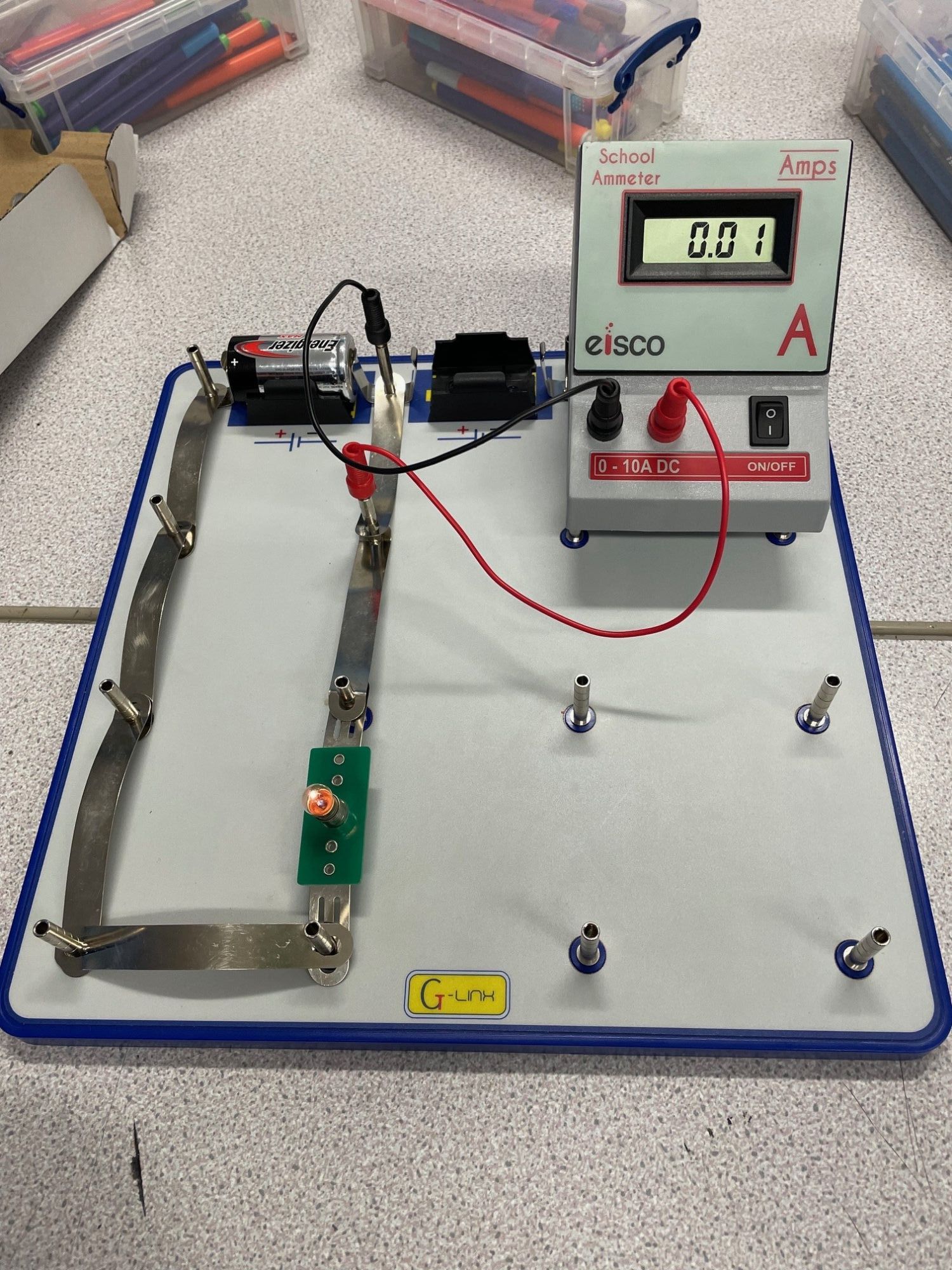
KS3 pupils having fun testing now two charged objects interact.
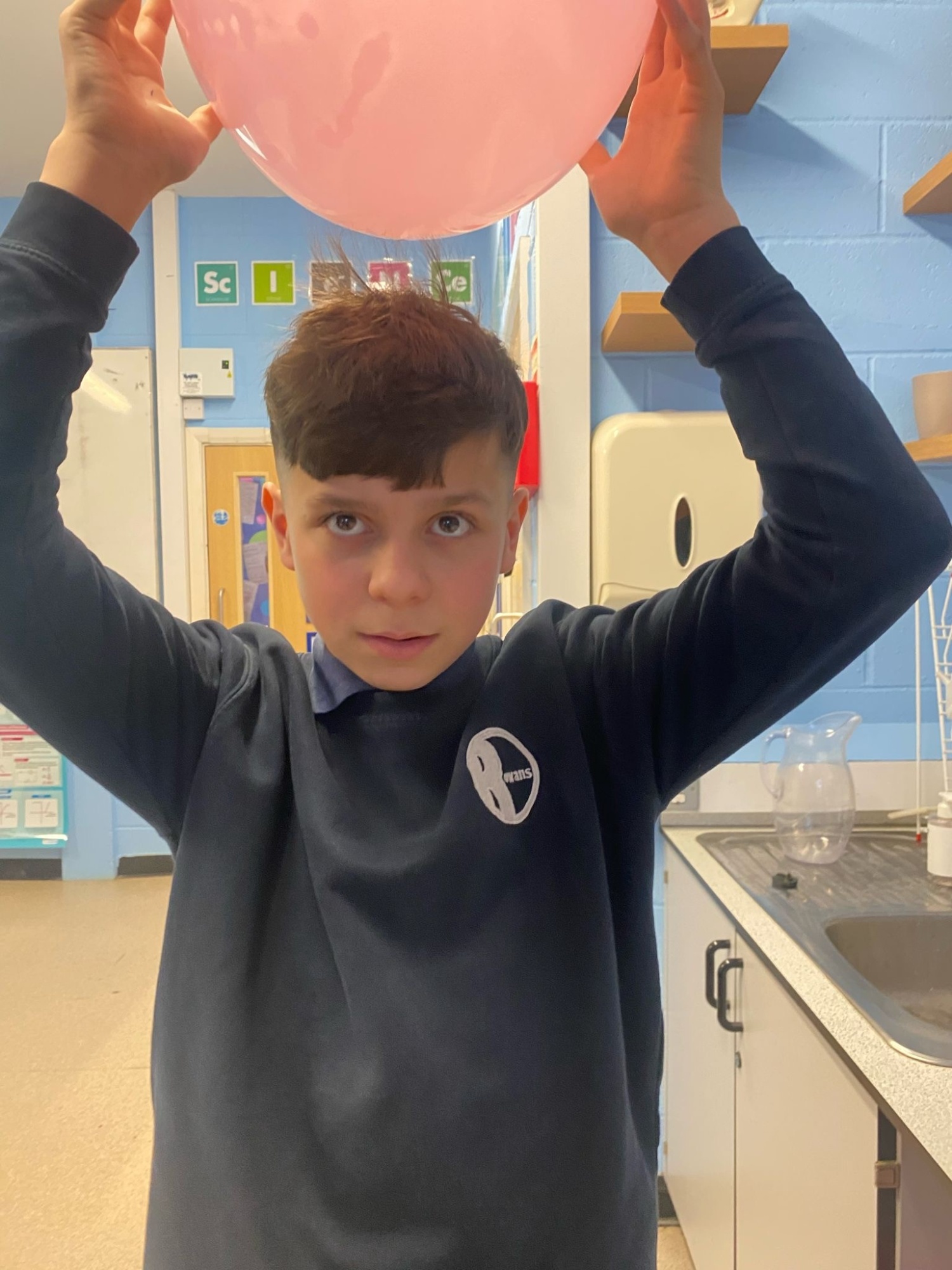


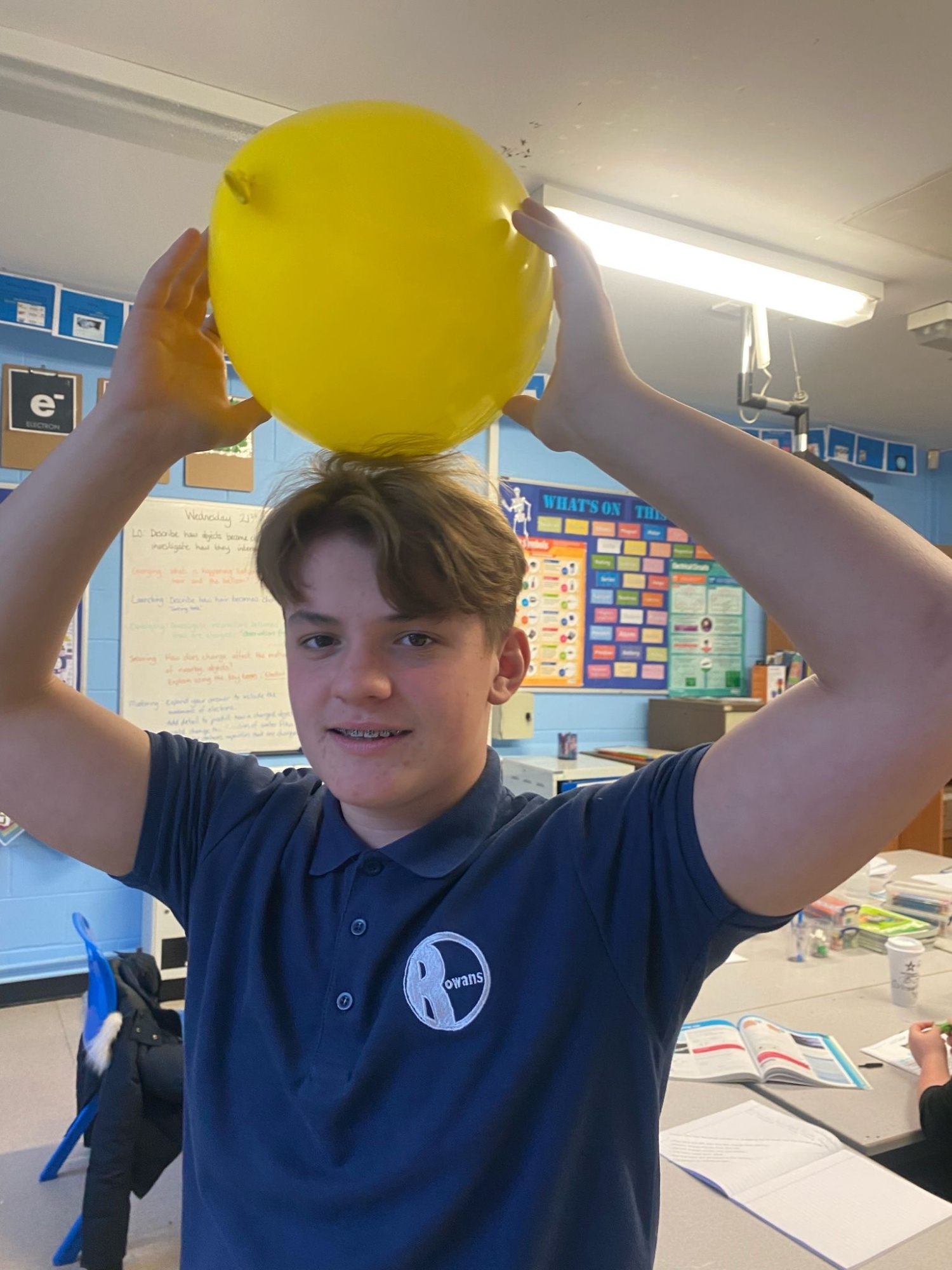
KS4 BTEC Science pupils investigating if particle size affects the rate of a reaction for their unit 2 coursework.


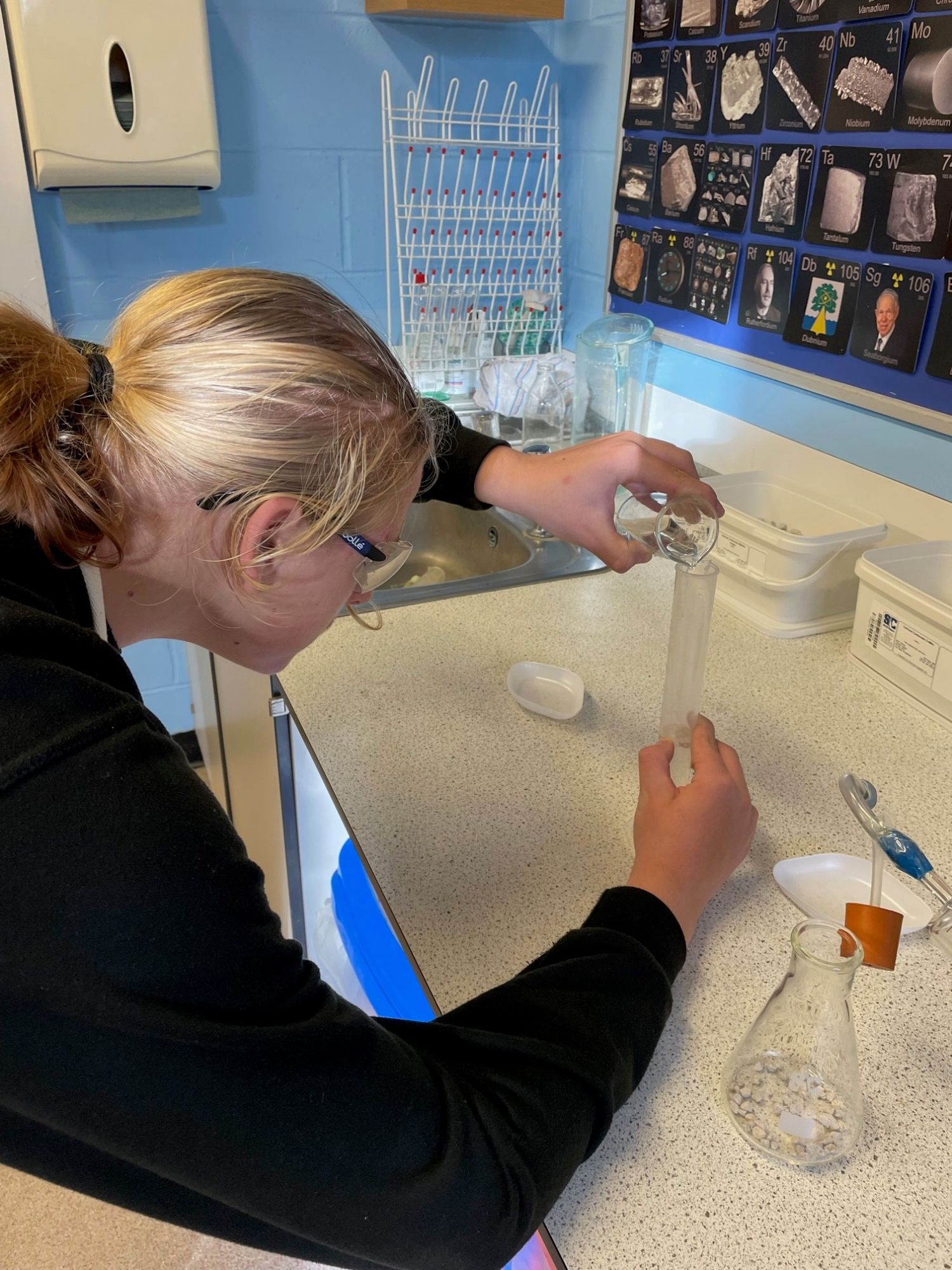
KS4 pupils studying BTEC science investigating if concentration affects the rate of reaction.
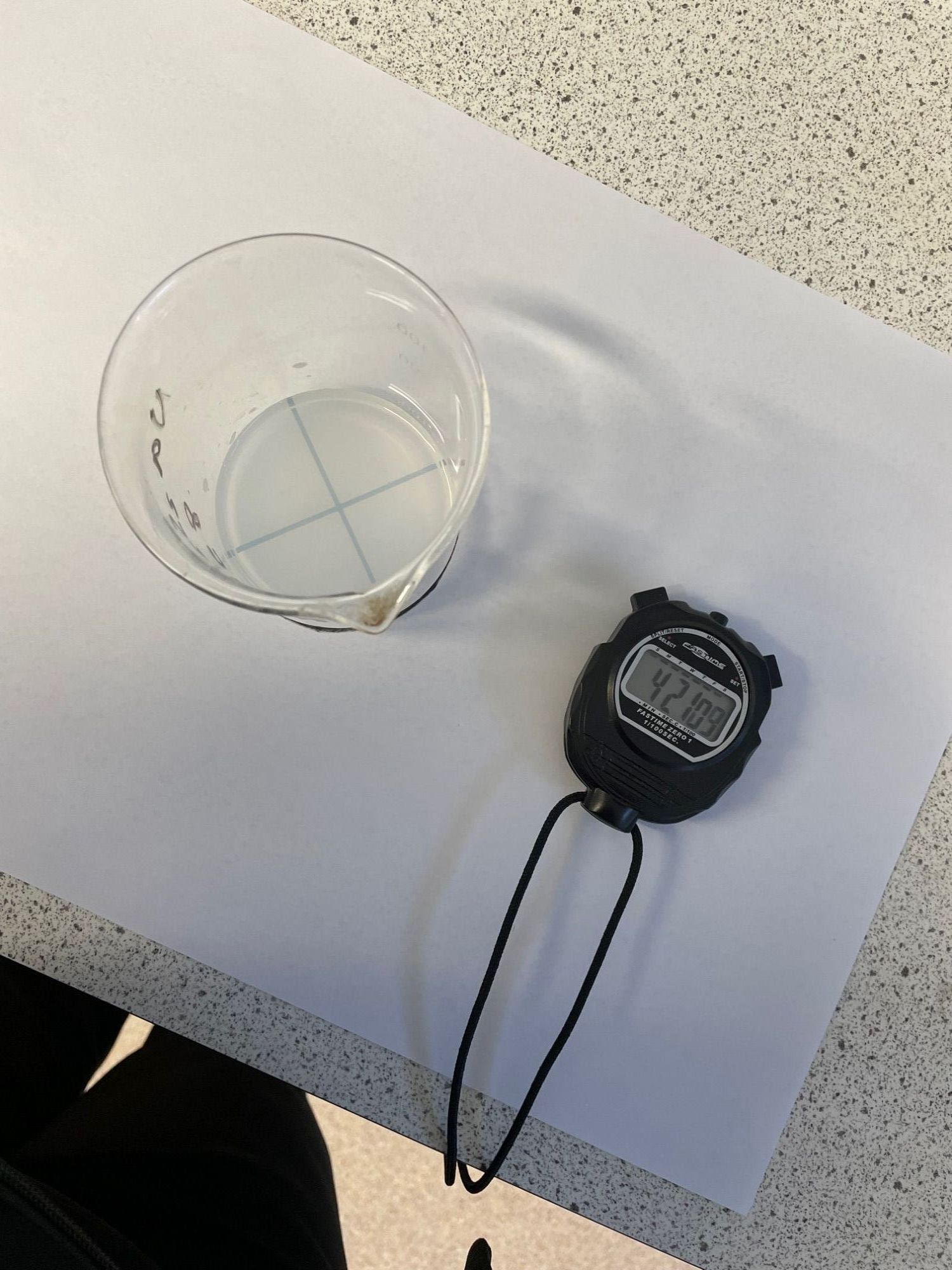
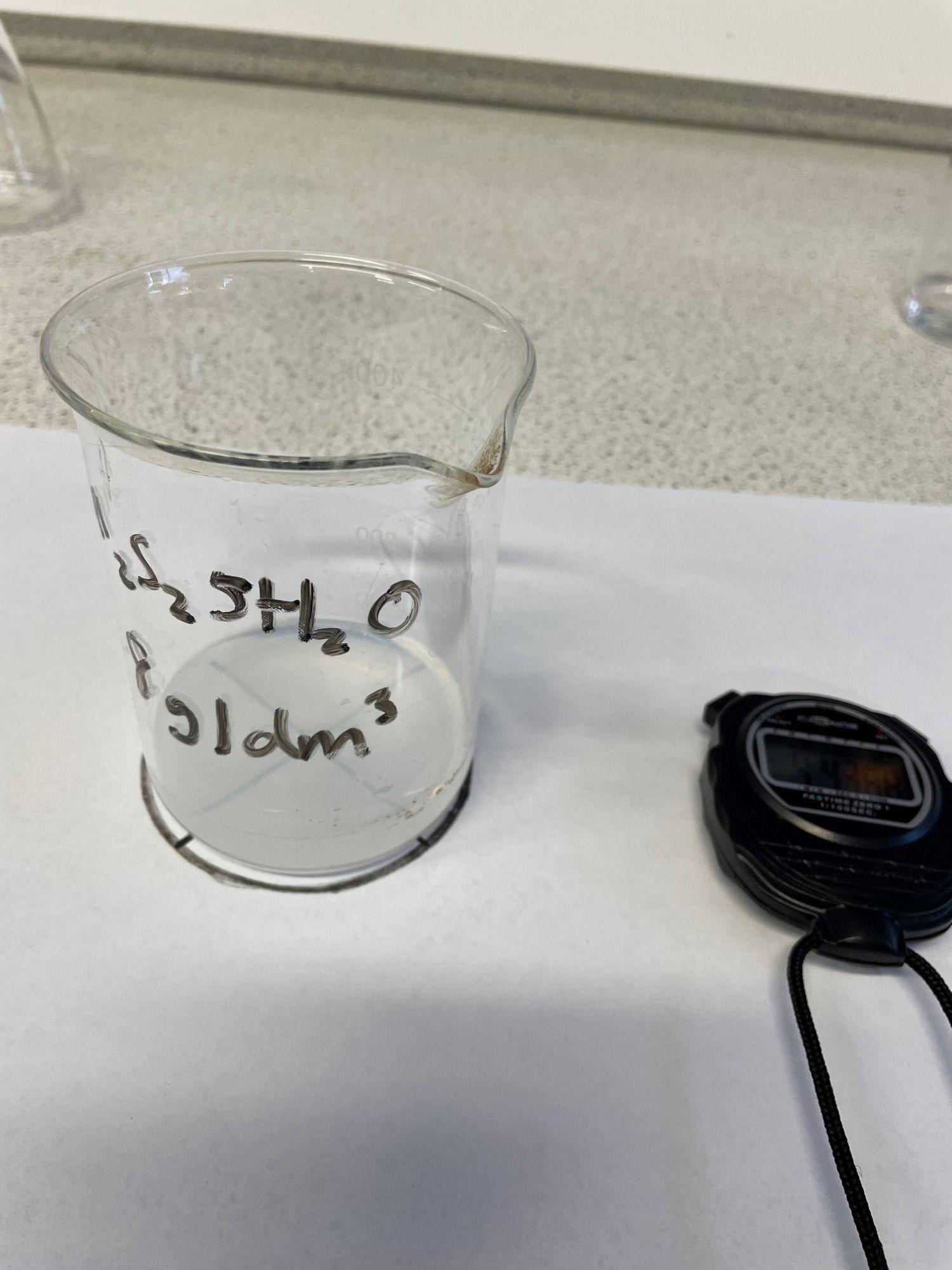
KS3 pupils investigating the thermal energy transfer of fuels.
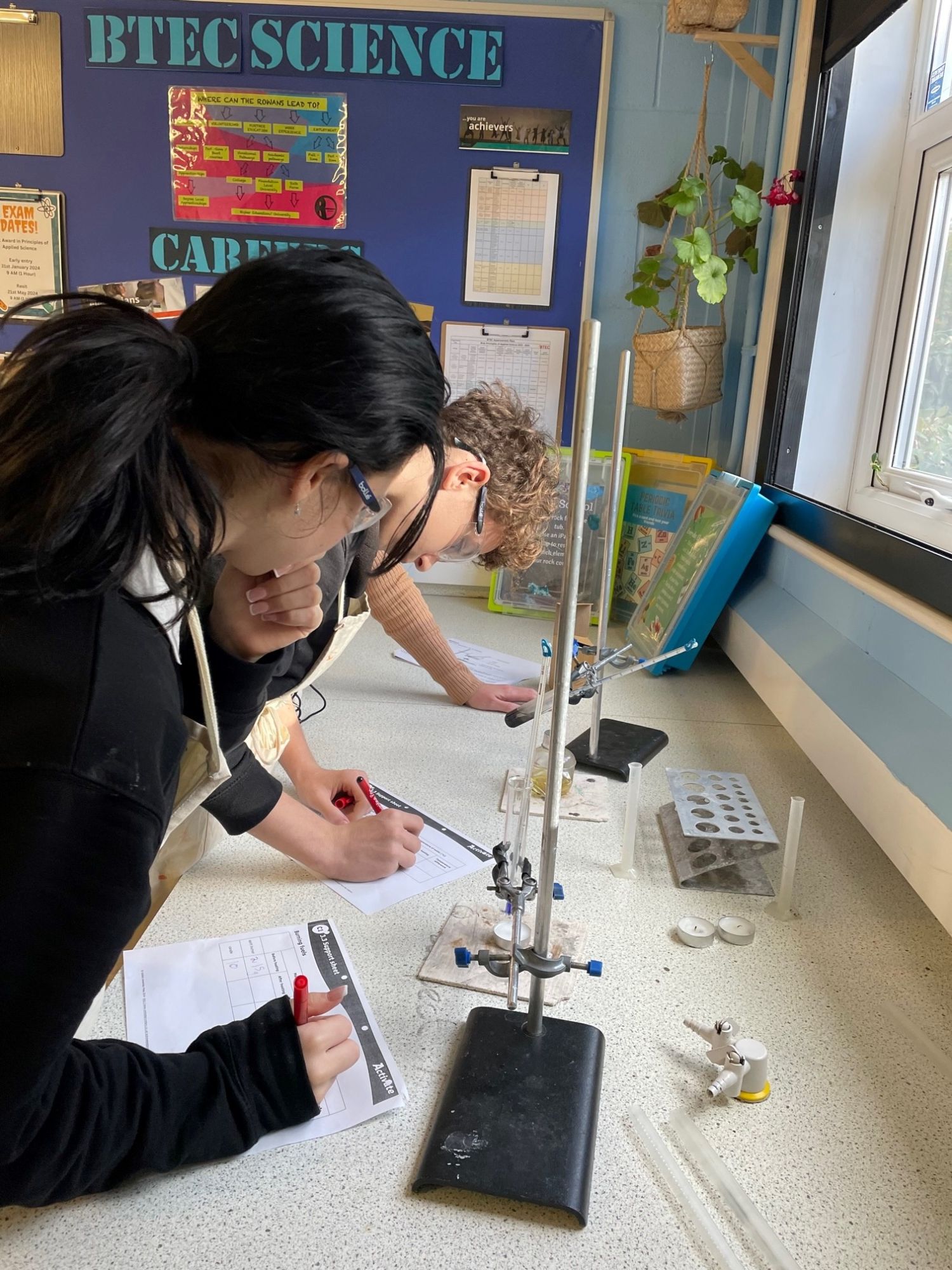
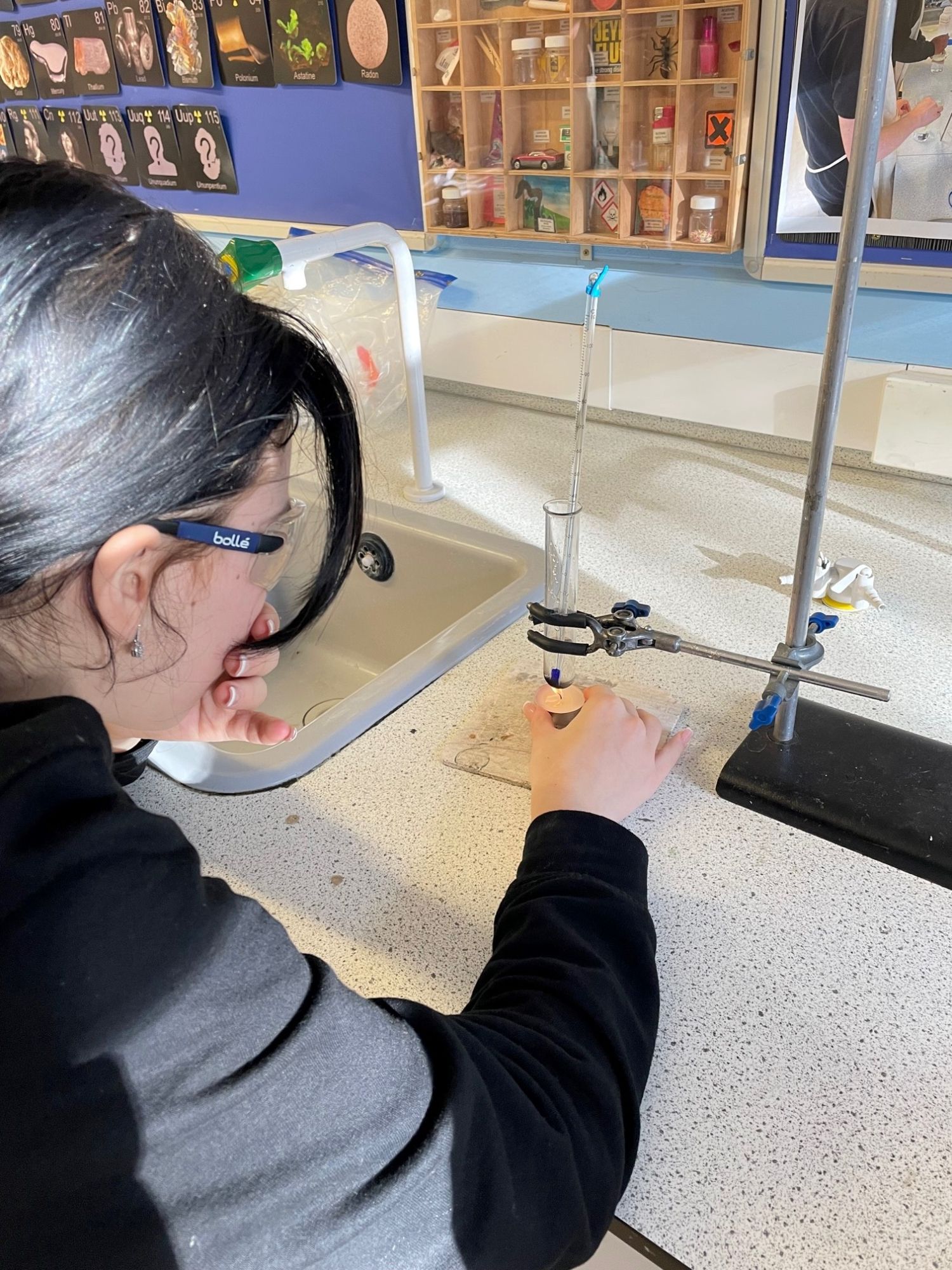
KS3 investigating the use of chemical reactions making cheese.
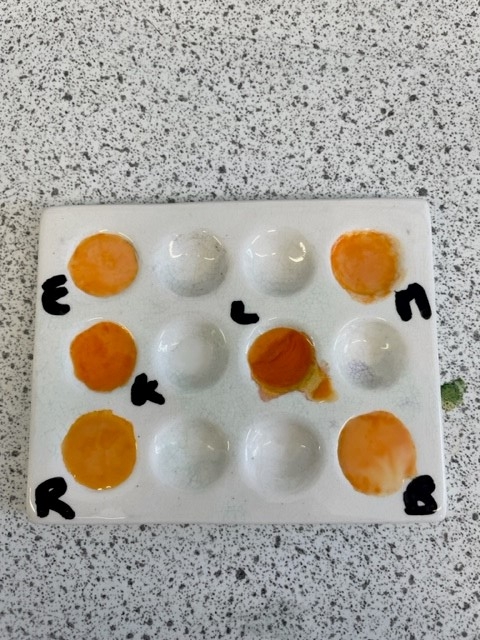
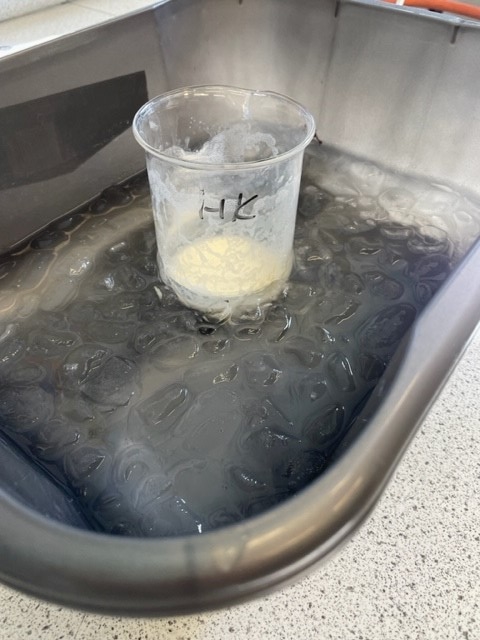
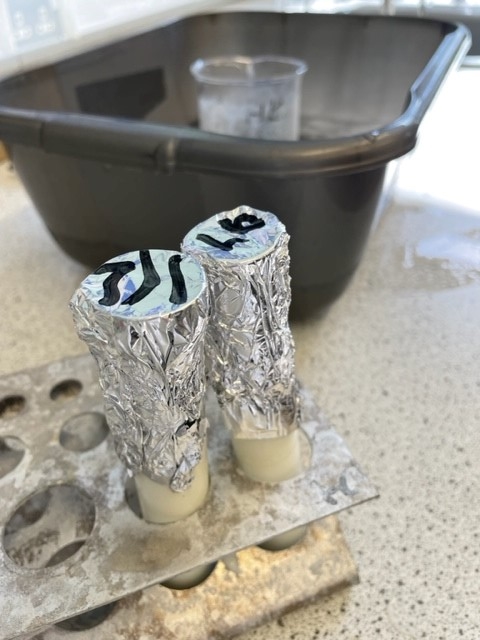
KS4 pupils testing for Hydrogen when reacting an acid with a base.
KS3 pupils using the sense of touch in scientific discovery.
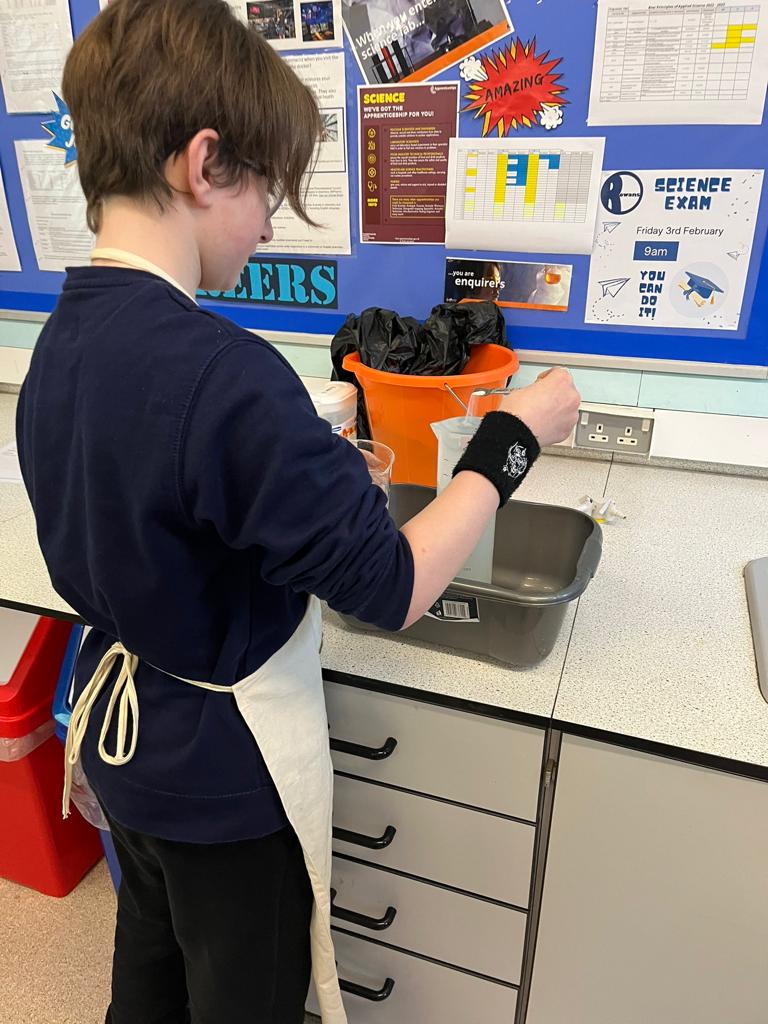
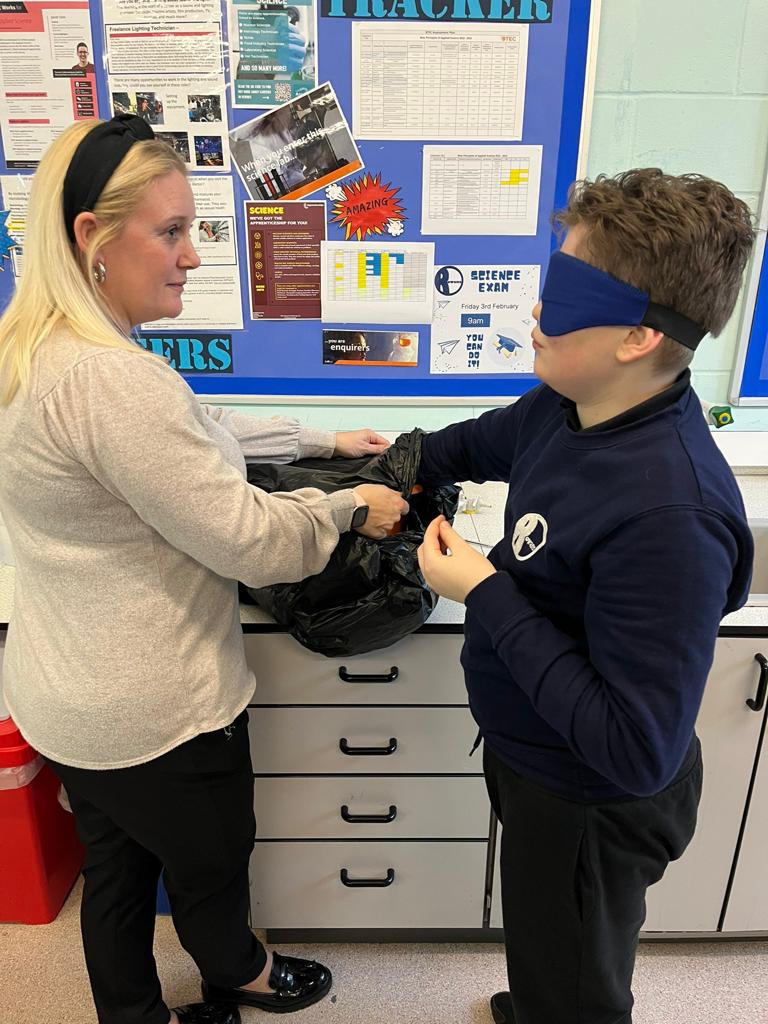

KS3 pupils investigating the cooling curve of steric acid.
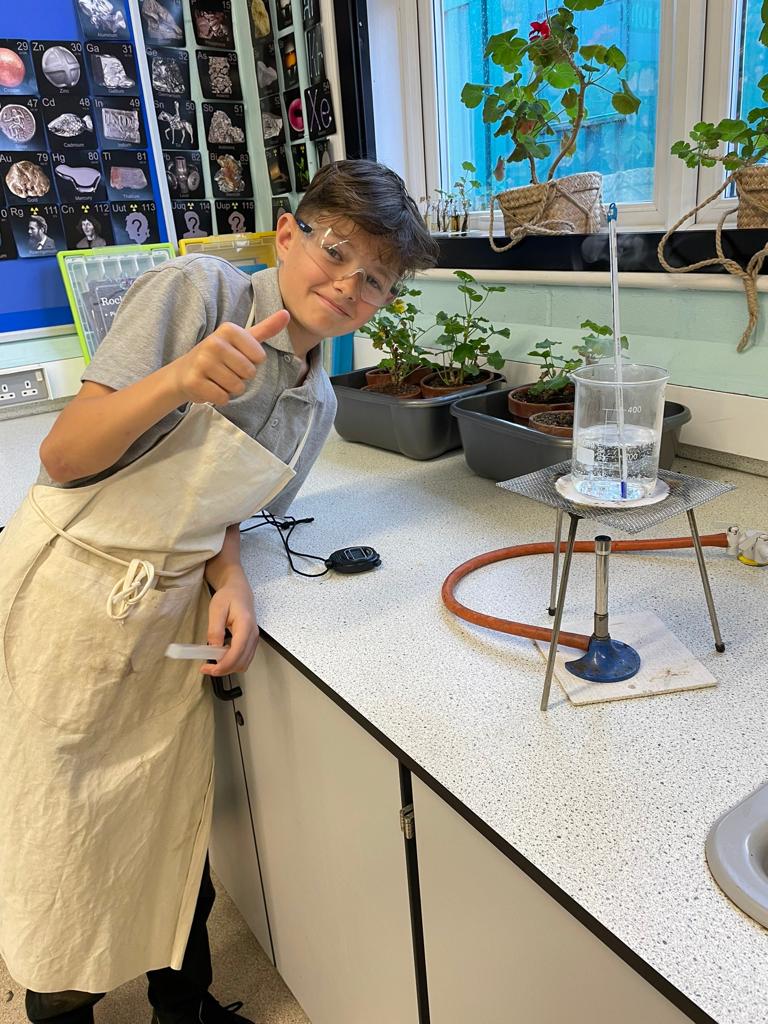
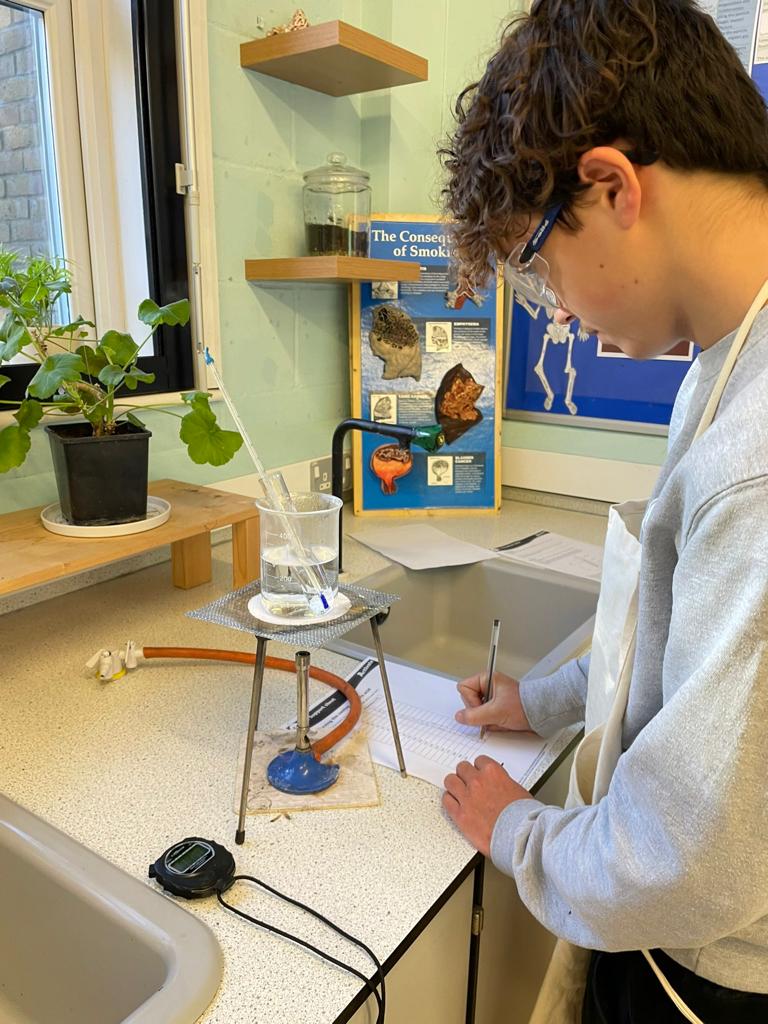
KS4 BTEC Science pupils investigating how concentration, temperature, catalyst and particle size affect the rate of reactions


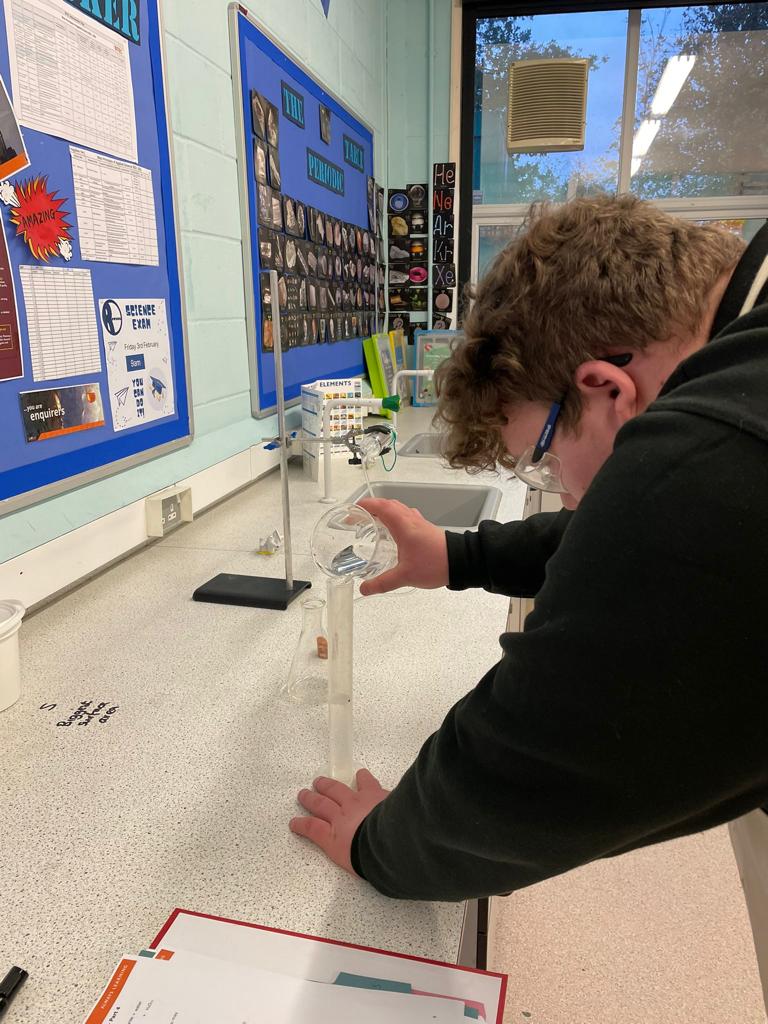

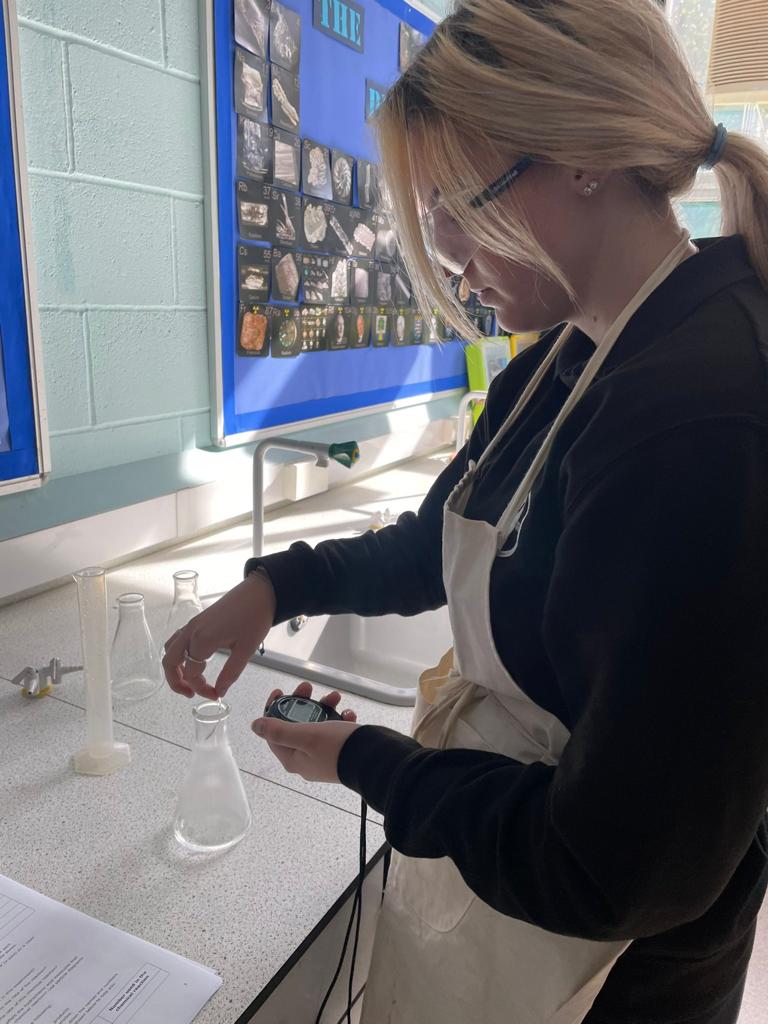
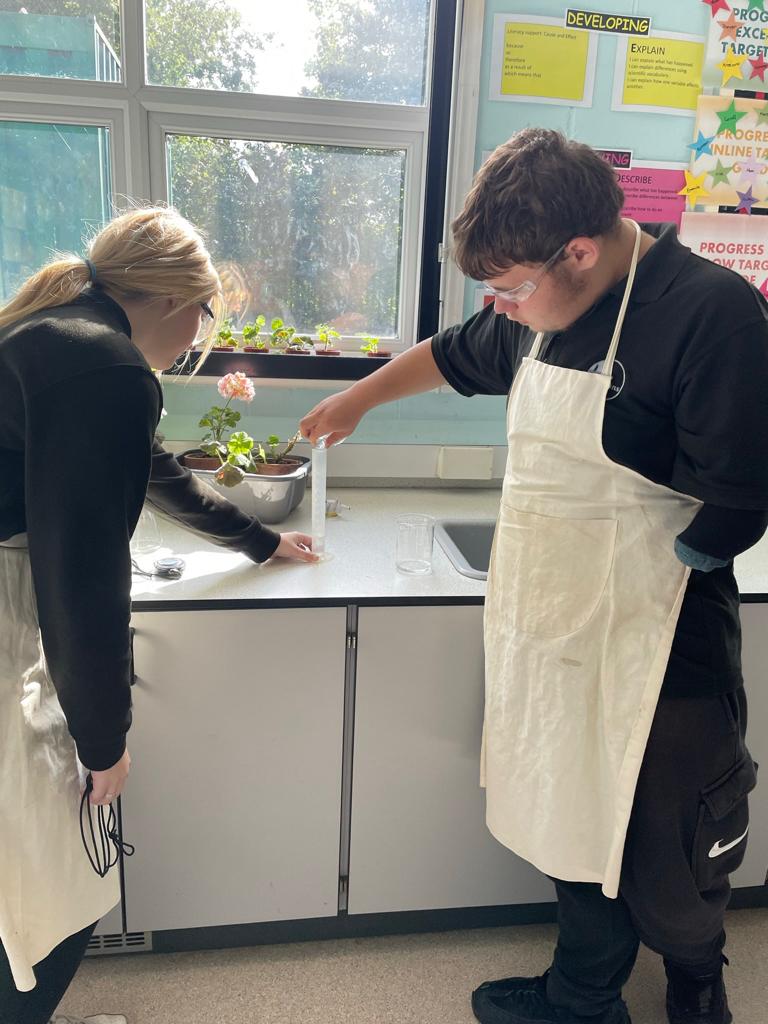
KS3 investigating the gaps between liquid particles.
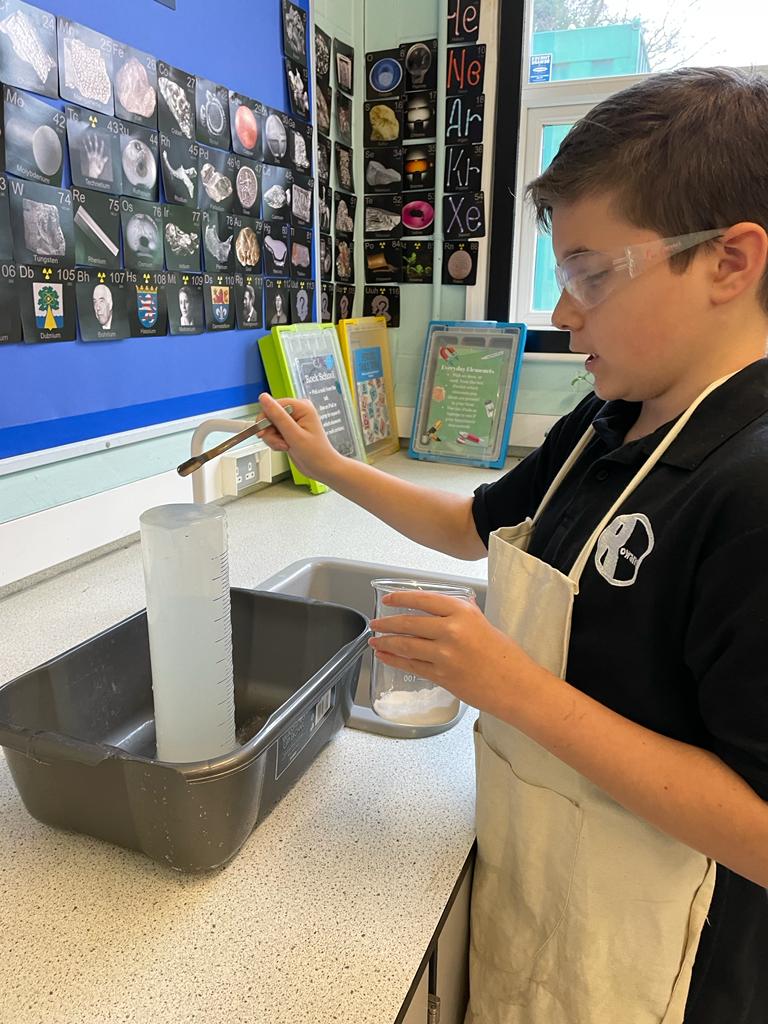
KS4 pupils investigating the test for Carbon dioxide using lime water.
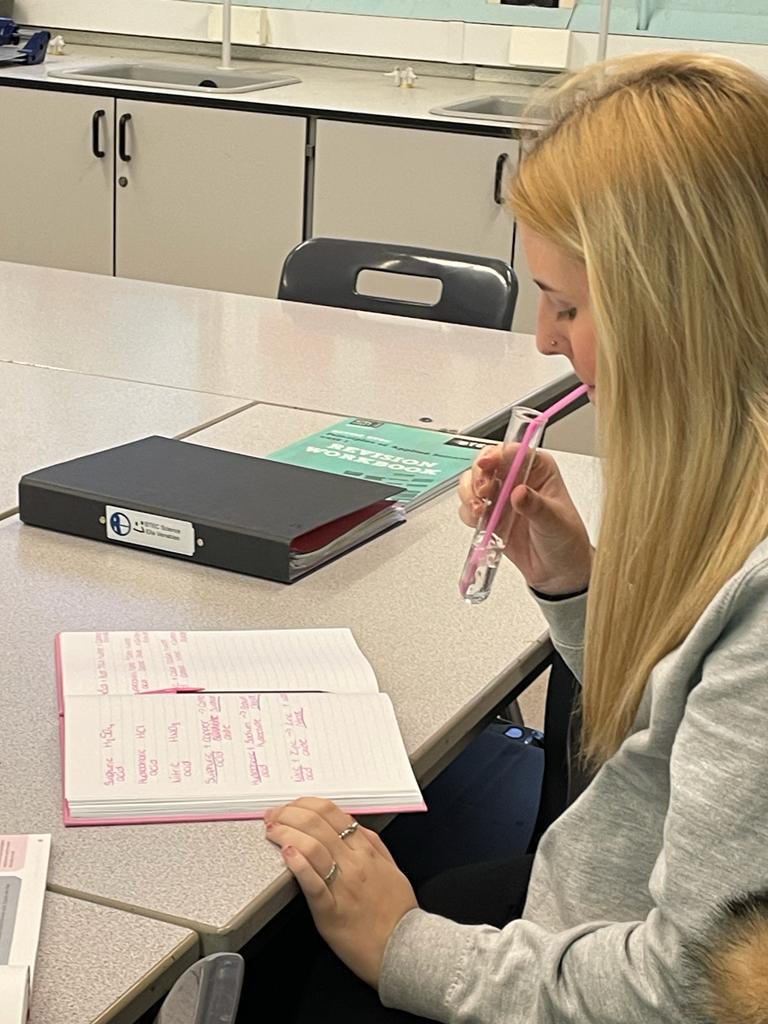
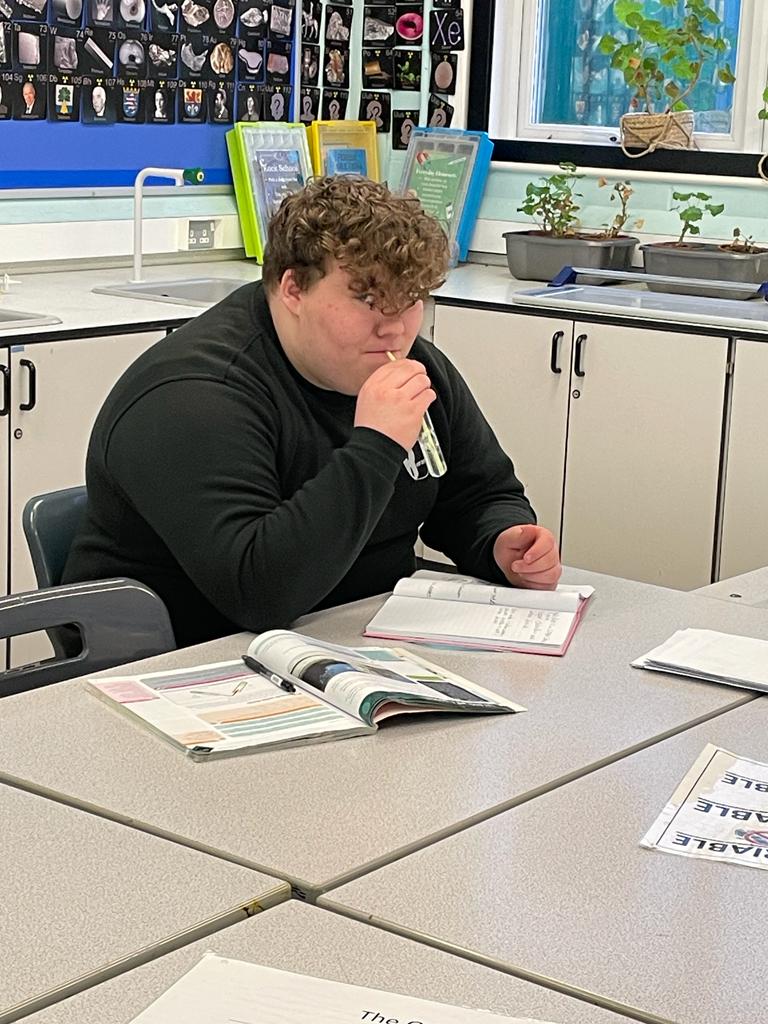
KS3 pupils investigating if temperature changes the rate of fermentation if yeast.

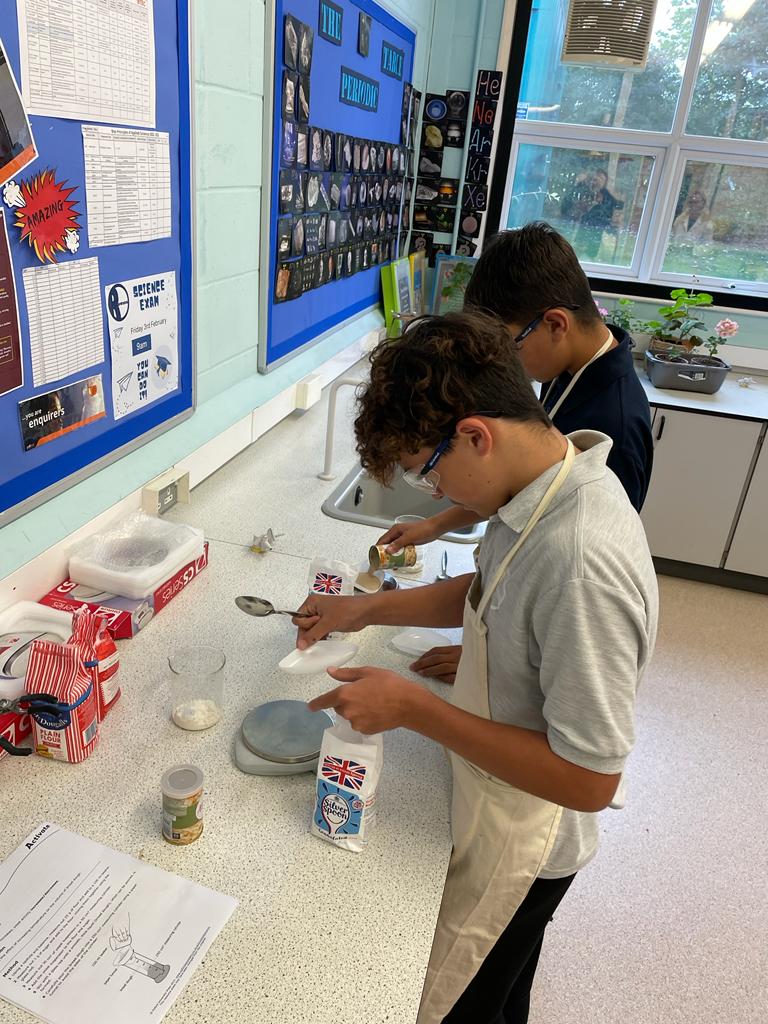

KS3 using their fantastic microscope sills to view single cell organisms such as amoeba.
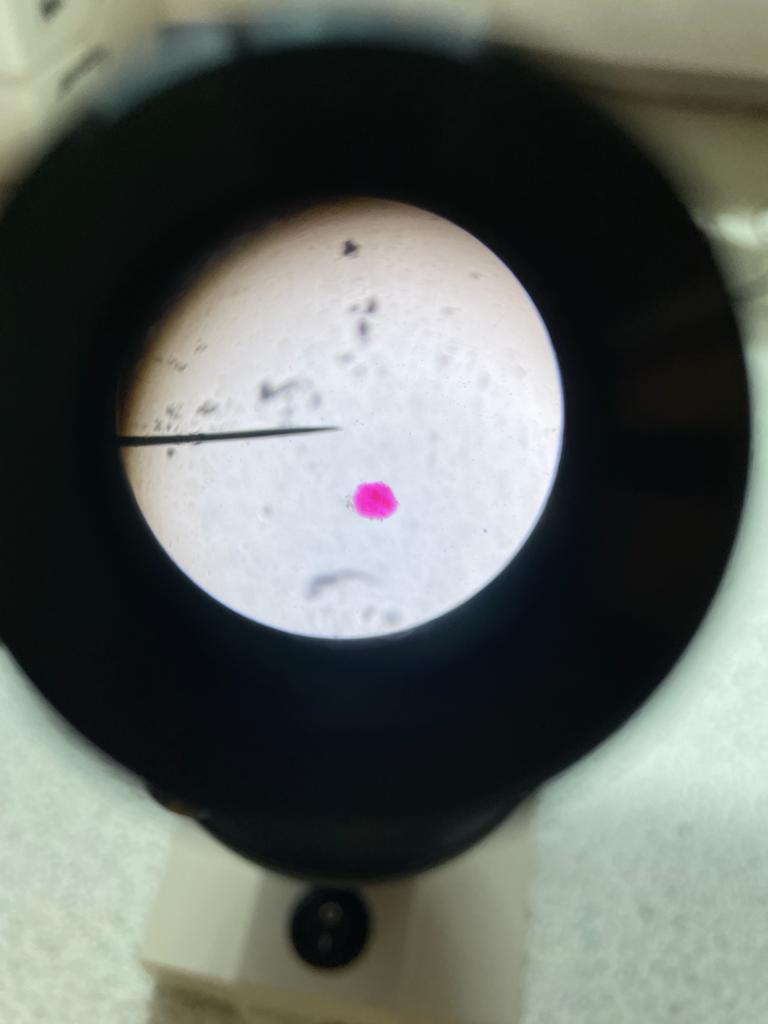

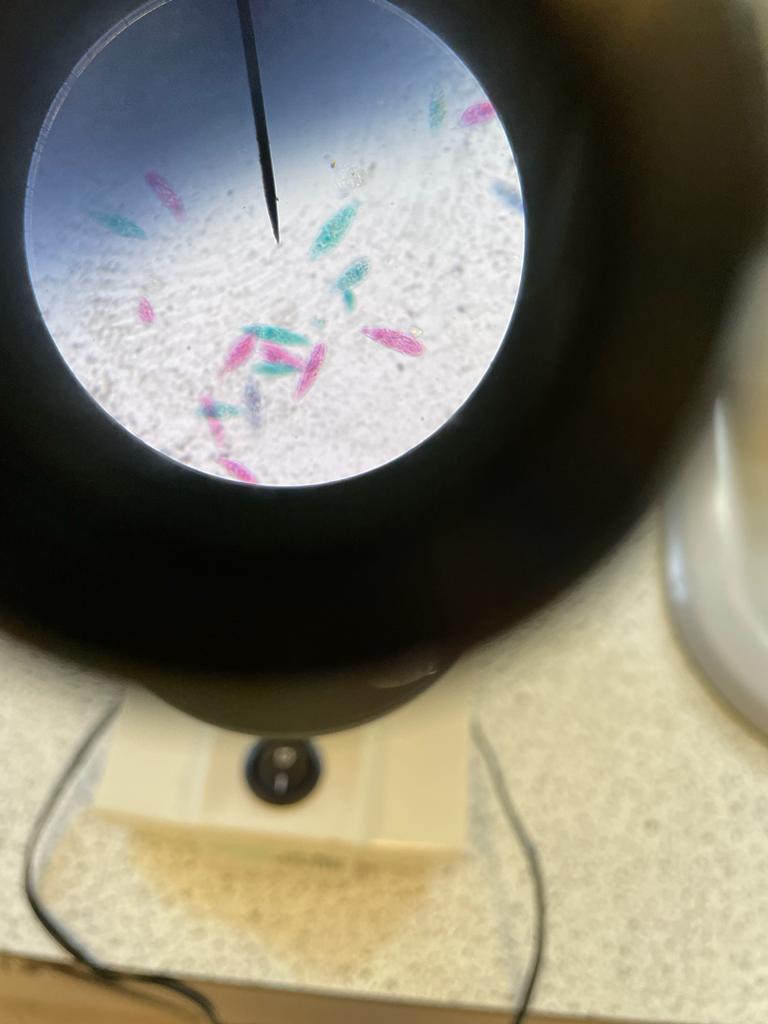
KS3 model of a speed and egg cell during our topic of specialised cells.
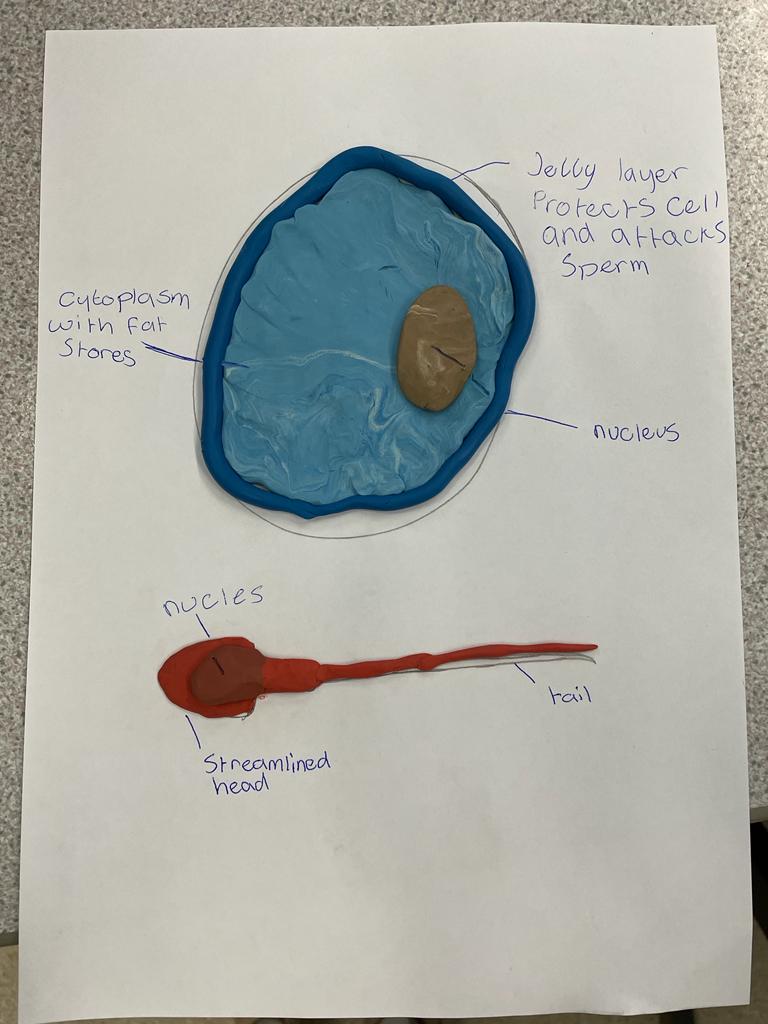
KS4 testing the electrical conductivity of elements as part of their BTEC Science coursework.
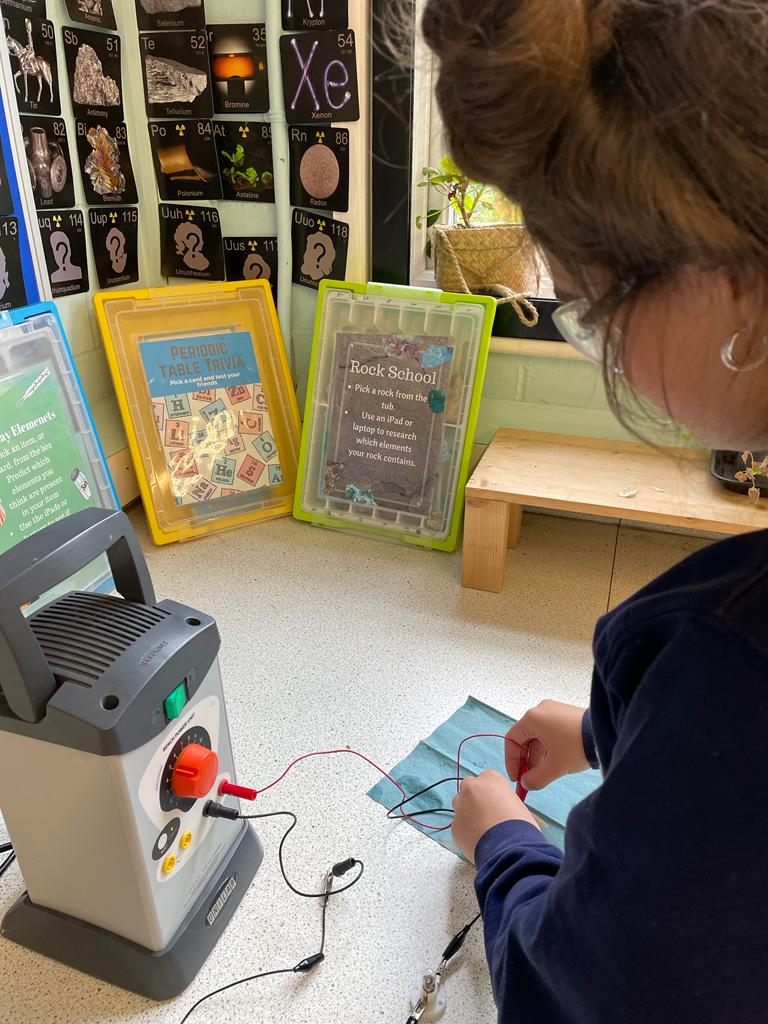
KS3 investigating stomata on a leaf.

KS3 pupils working scientifically on how to use a microscope and learning the differences between plant and animal cells, prepared onion cell slides to view them under the microscope.
This is what they saw under x100 magnification.
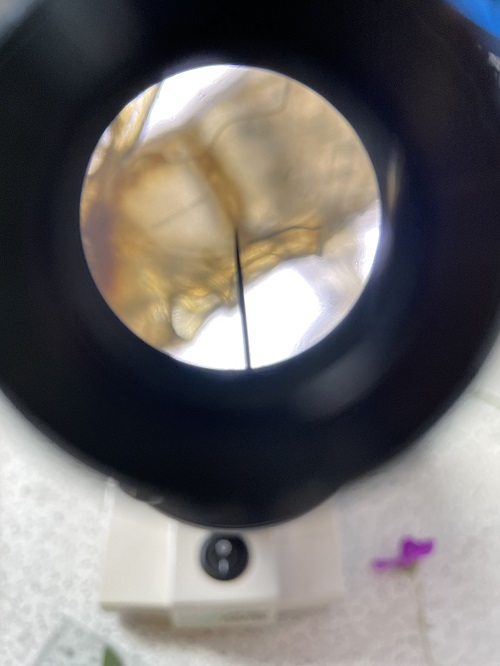
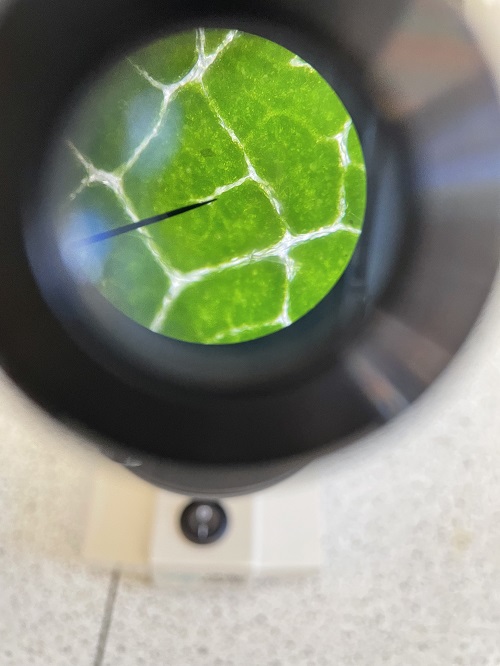
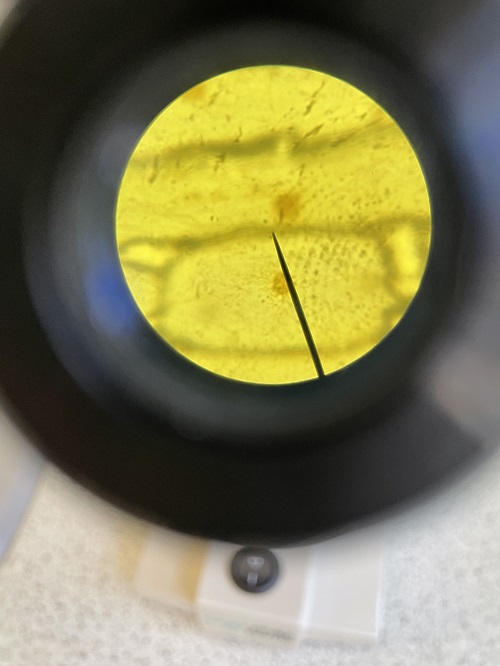
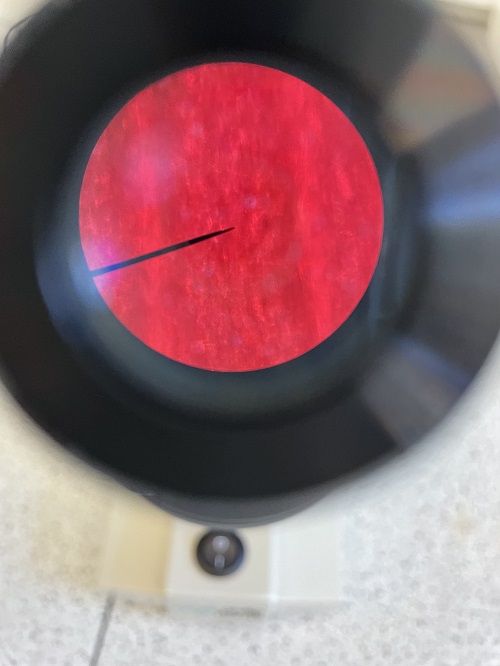
British Science Week 2021 Spaghetti Tower Challenge

British Science Week 2021 using speed calculations to measure who built the fastest car!

British Science Week engineering challenge winner 2021. It is sometimes the simplest structures that are the strongest.

British Science Week 2022
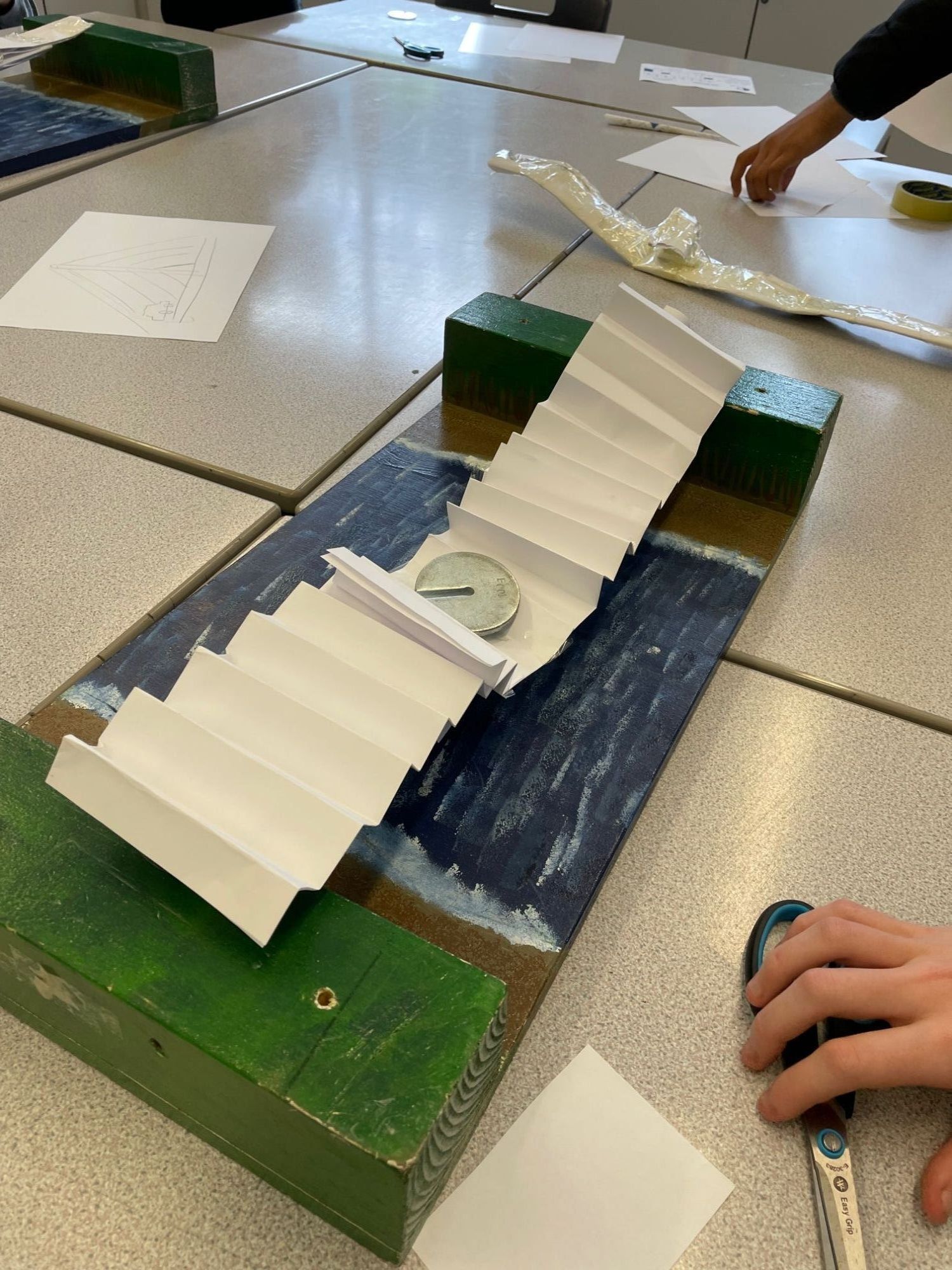


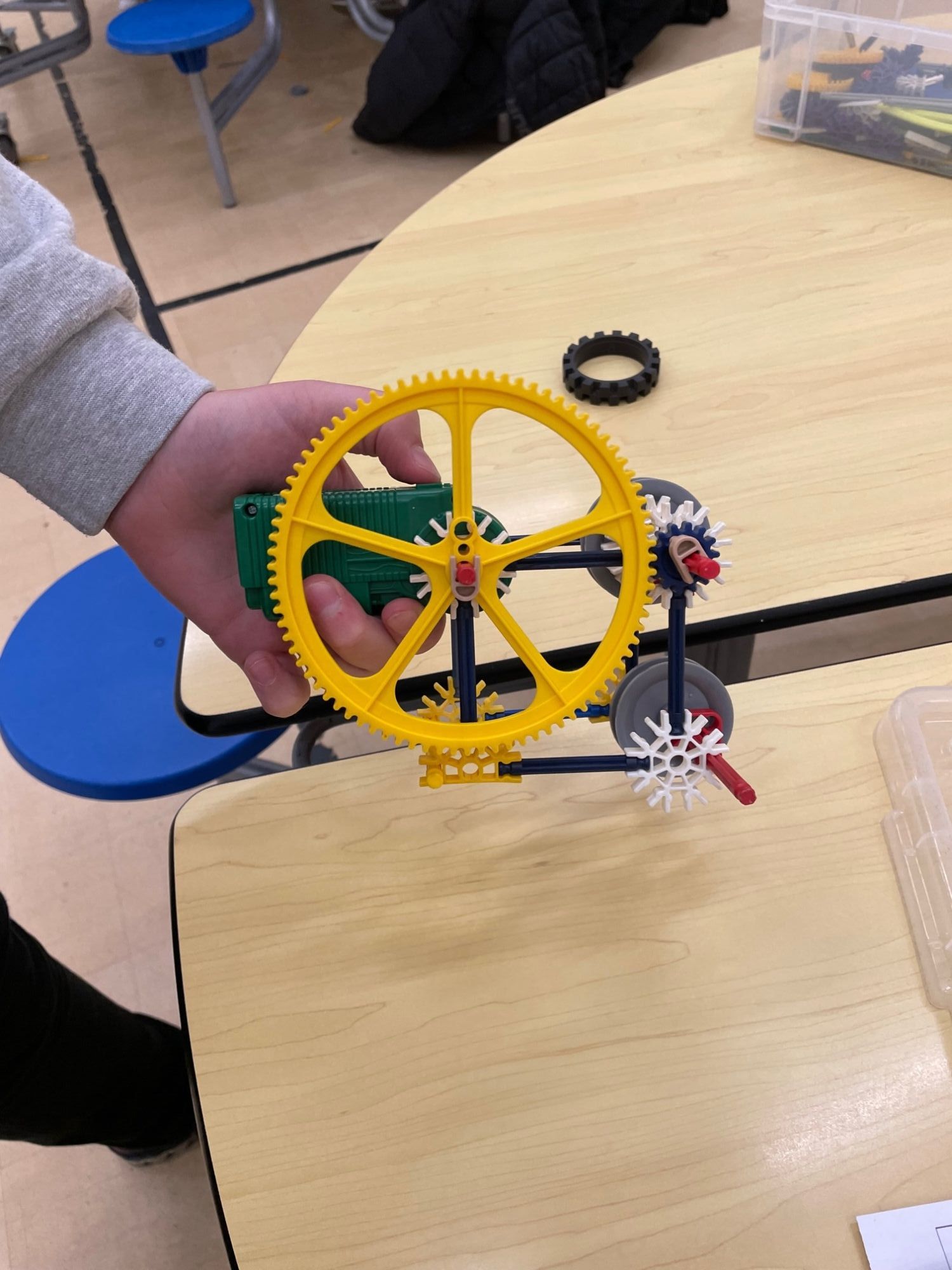
KS3 pupils modelling the digestive system. A messy but memorable way to learn this process.
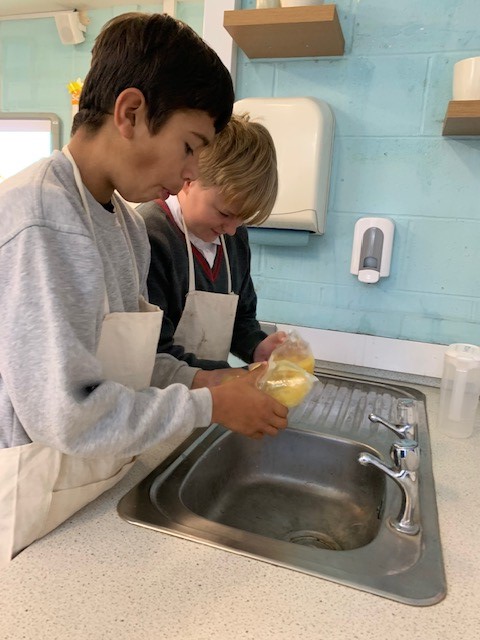
KS3 STEM lesson building bridges. Some very impressive designs that took the weight of an adult!
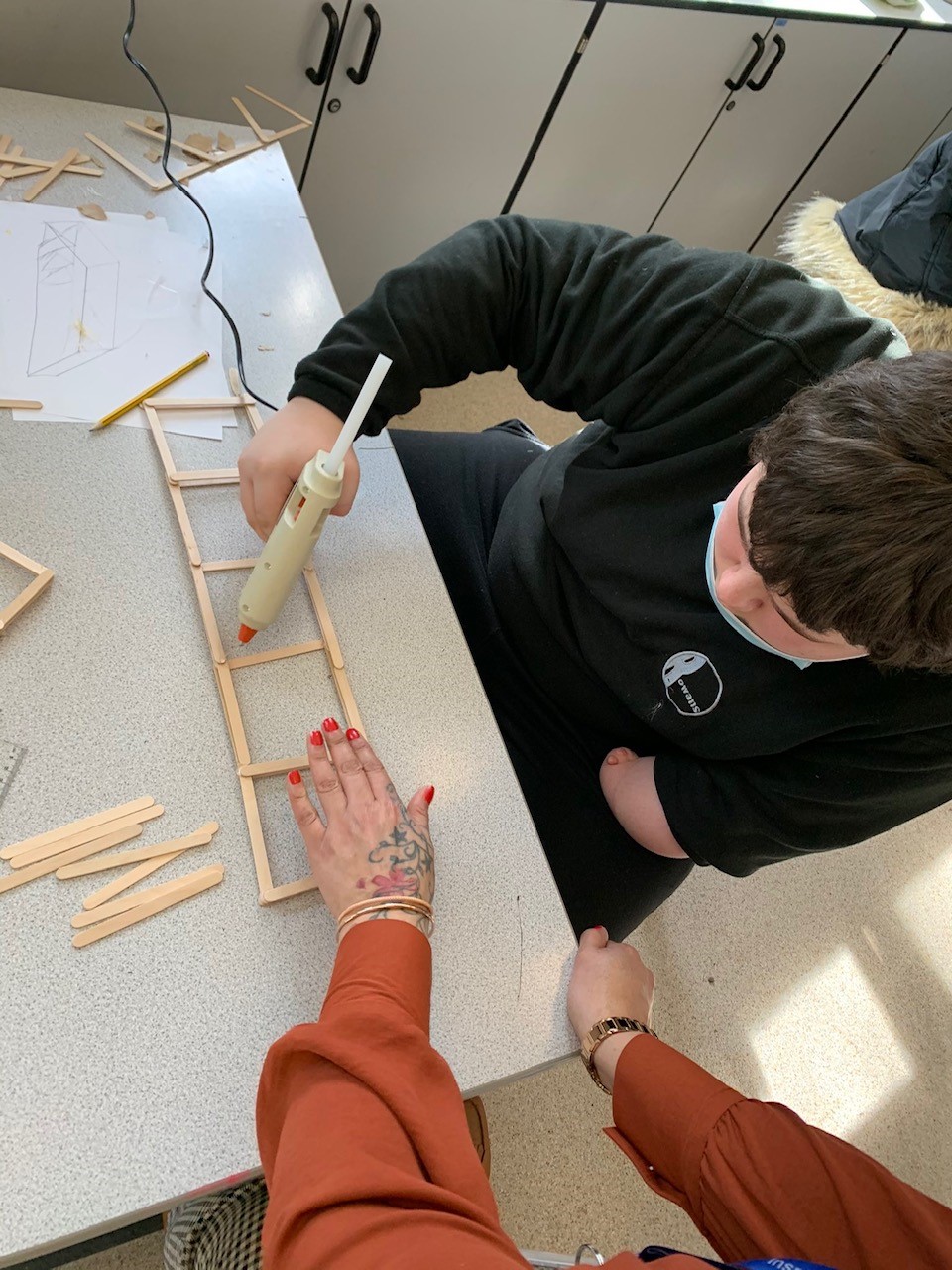
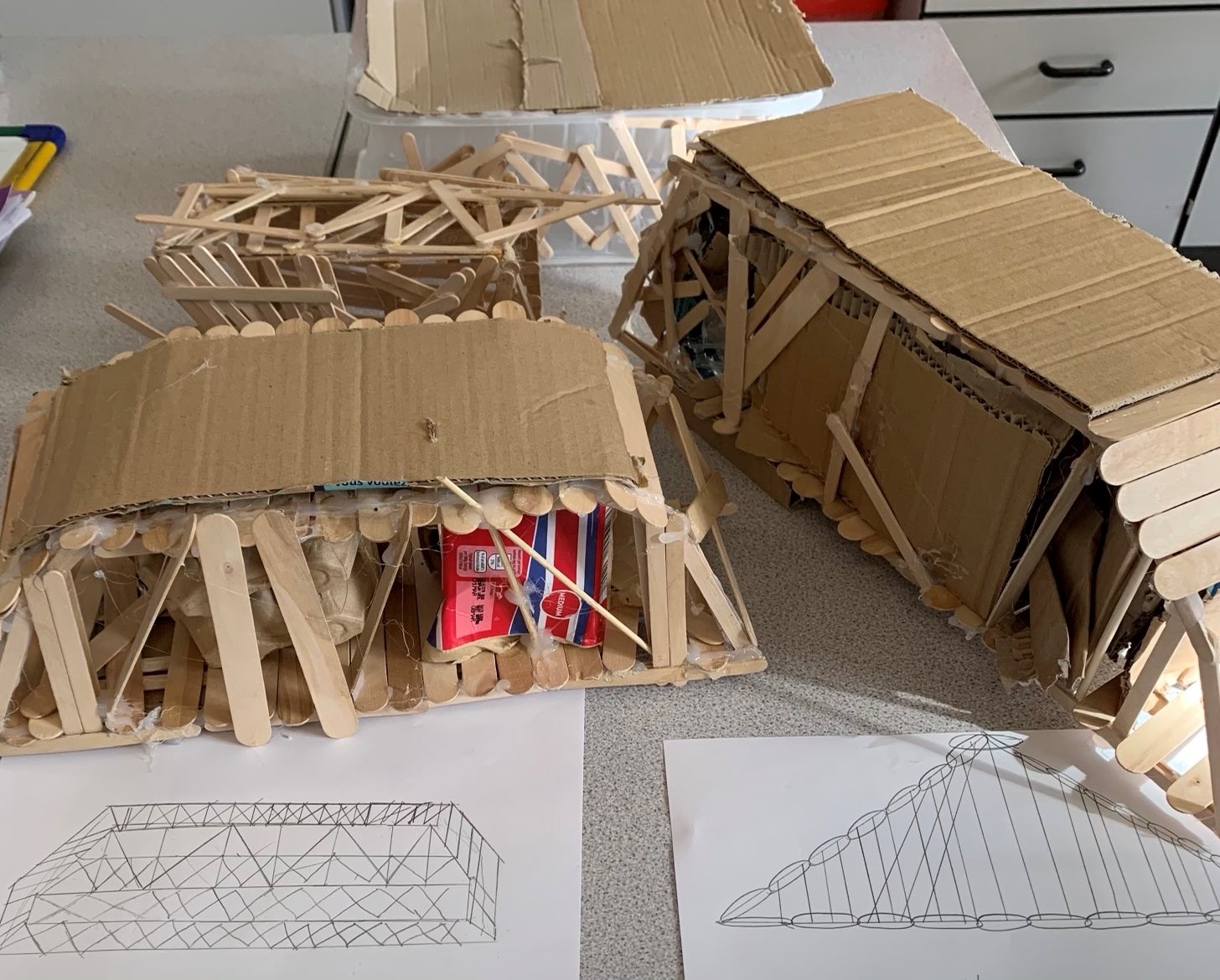
Pupils in KS3 have been making batteries out if lemons to light the LED bulb. Fantastic wiring skills shown.
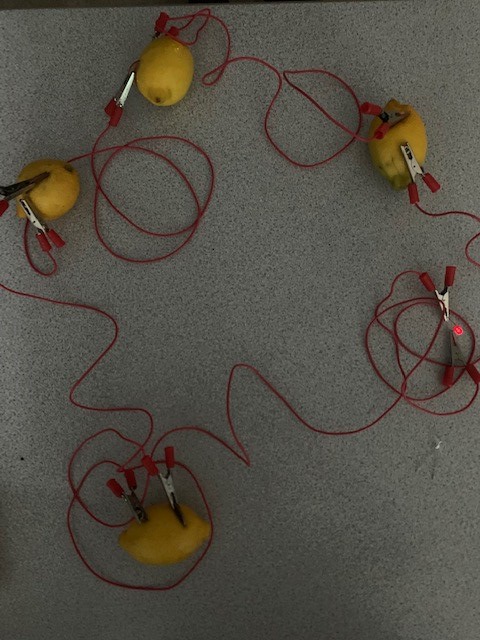


KS3 lesson collecting and observing the wildlife around us. We were very surprised to find an amphibian friend in a Newt. Pupils were surprised in the detailed shown in a feather when magnified.

KS4 making Ethanol. We tested the gas produced by pumping it through Limewater and as the limewater went cloudy, this shows Carbon dioxide was produced. We then deduced that ethanol was the other product.
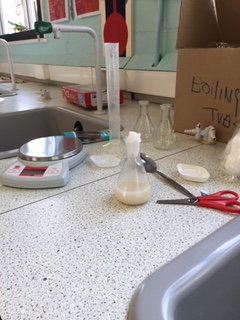
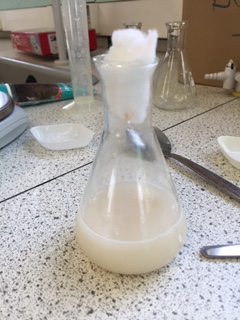
KS4 testing the phototropic and geotropic response of cress.

KS3 Bug hunting in our garden. We let the bee's free after a few minutes.
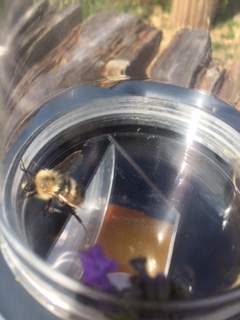
KS4 tested how much energy is transferred by plant oils to investigate uses of biofuels.
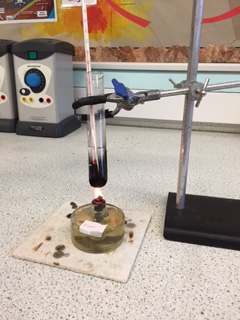
KS3 prepared onion slides to observe a single cell under a microscope. Pupils observed very clear cell walls, nucleus and cytoplasm.
KS3 pupils learning about changes of state, evaporating Copper Sulfate solution to make Copper Sulfate crystals.
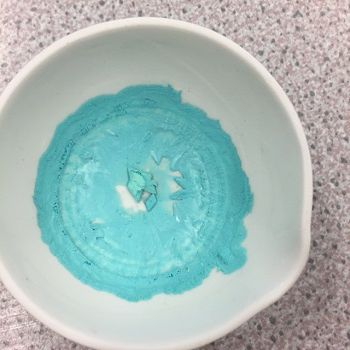
These Copper Sulfate crystals were produced by leaving the solution on the lab windowsill. The solution evaporated slowly and so produced large crystals.
KS3 pupils used flame tests to see what colours metal ions burn. We found out; Copper burns green, Potassium burns lilac, sodium burns orange and calcium burns orange/ red. Pupils used this information to solve the crime of 'Who blew up firework shed number 13?'
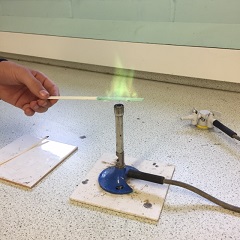
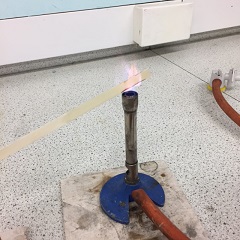
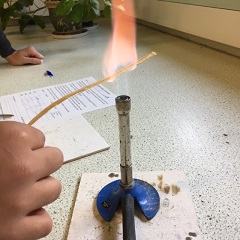

KS4 Mass in chemical reactions investigation. Pupils weighed their apparatus before and after the chemical reaction of lead nitrate and potassium iodide to see if any change in mass occurred. They found the mass did not change but they clearly saw a change in colour indicating a chemical reaction had occurred.
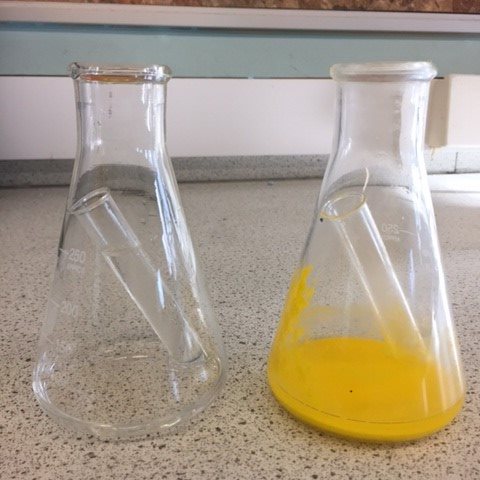
KS4 have been looking into extracting plant oils by steam distillation.
KS3 experiment showing gas pressure.
KS4 demonstration of how reactive group one metals are to water. The Lilac flame is produced when Potassium reacts with water.
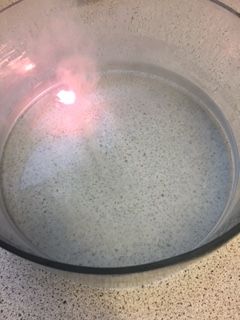

KS4 practical of making Ethanol by fermentation. Pupils tested the product of Carbon dioxide using the limewater test.
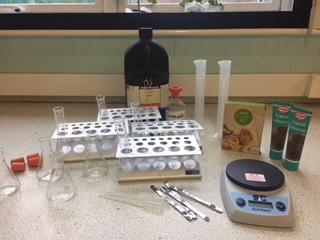
KS3 welcomed Jim Bob to lesson today to learn about the structure and function of the Skeletal system.
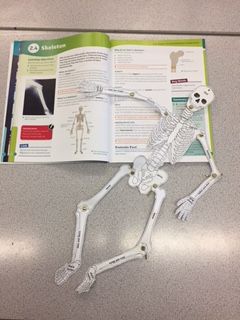
KS3 Breathing. During this lesson pupils learnt the process of inhaling and exhaling and how a bell jar can be used to model what happens during breathing.
Pupils then measured their lung volume using the practical equipment shown in the photos below.
KS4 pupils testing what material was the best insulator. Pupils found out that bubble wrap was the best insulator.
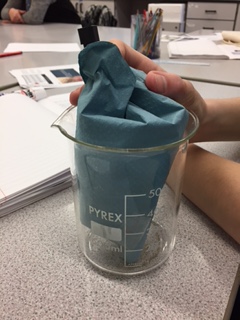
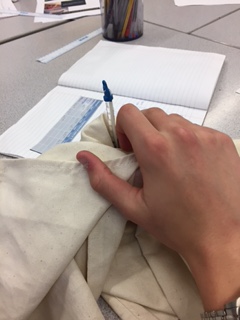
KS3 experiment, testing the energy transferred by fuels.
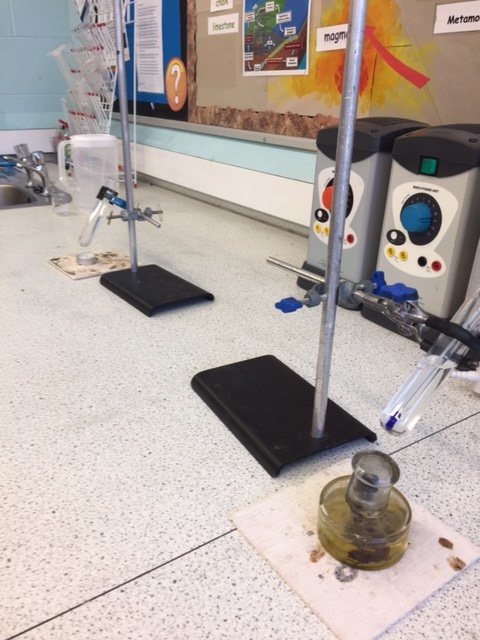
KS3 dissecting flowers and learning about pollination.
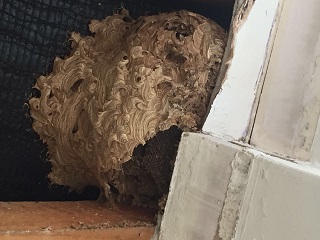
Stomata and guard cells at 40x magnification @TheRowansAP KS3 science lesson.
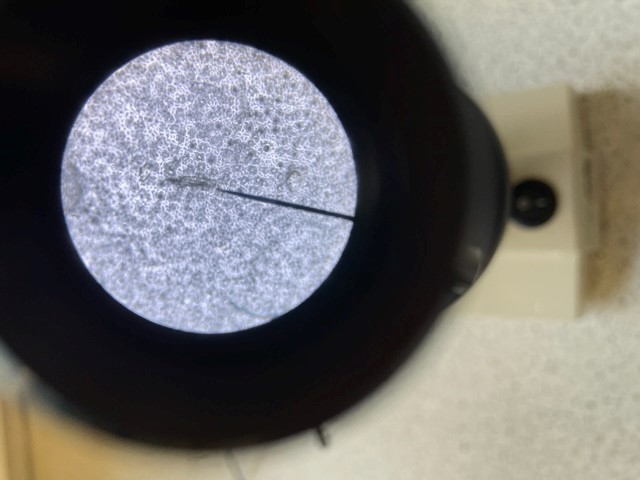
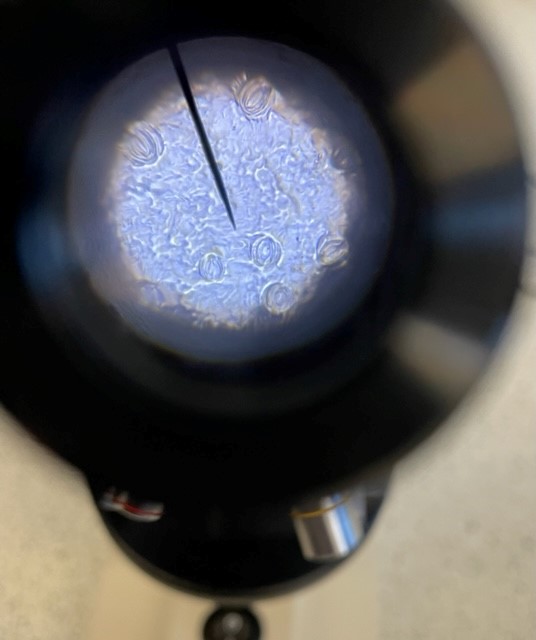

KS3 pupils growing seeds to test what fertiliser promotes the best growth.
KS4 BTEC pupil testing the hypothesis: does the rate of reaction changes when the temperature increases. This pupil used Magnesium ribbon and Hydrochloric acid at different temperatures to test this hypothesis.
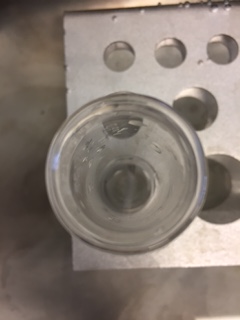
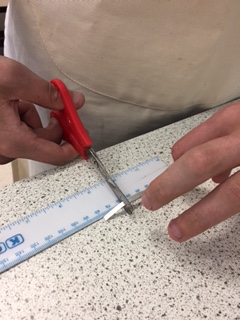
KS3 pupils investigating the distribution of clover along a transect line.
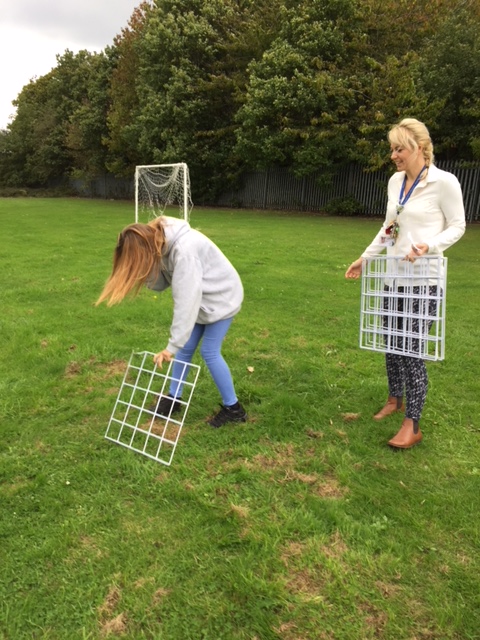
KS3 pupils testing the properties of metals and non-metals to classify elements.

KS3 building DNA models to understand inheritance and variation.
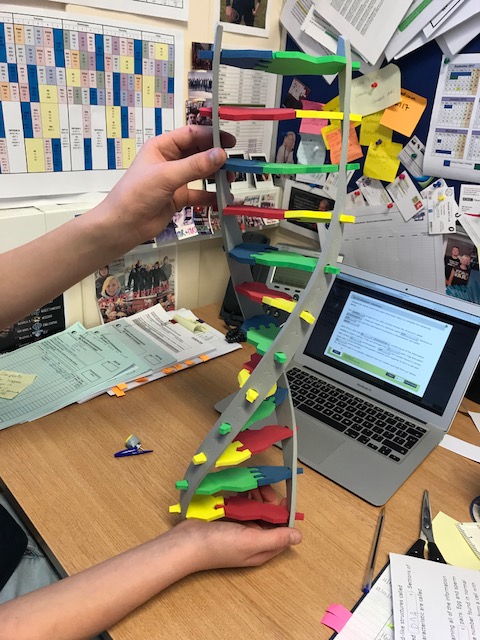
KS3 gathering distance and time data to be able to calculate speed.

KS4 BTEC practical testing if concentration affects the rate of reaction.

KS4 Testing rate of reactions and how this changes with surface area.
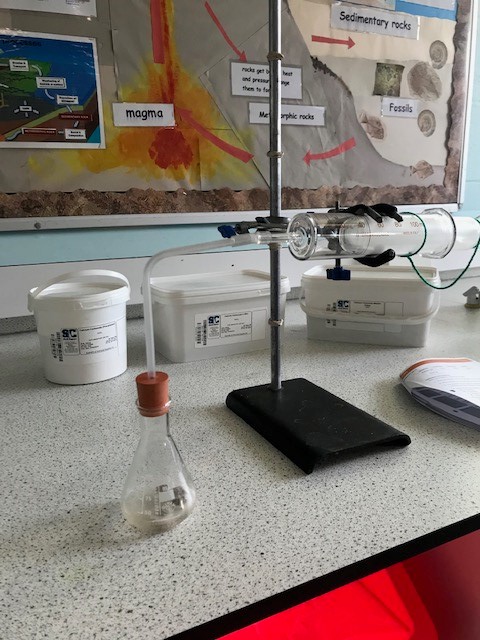
KS4 using the pop test, to test for Hydrogen produced when reacting an acid with a metal.
KS3 testing the effectiveness of Rennie in neutralising Hydrochloric acid.
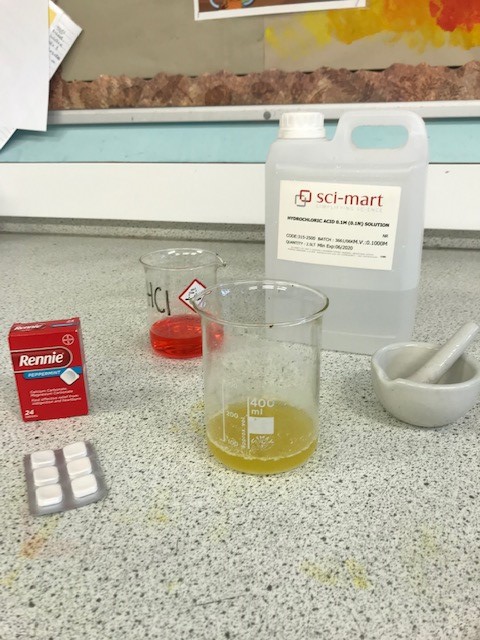
KS4 investigating electrolysis

KS4 investigating respiration in plants.
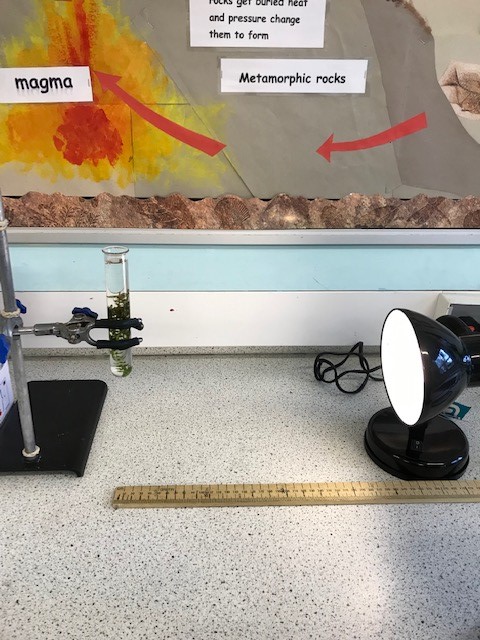
KS4 investigating the effects of acid rain on germination.

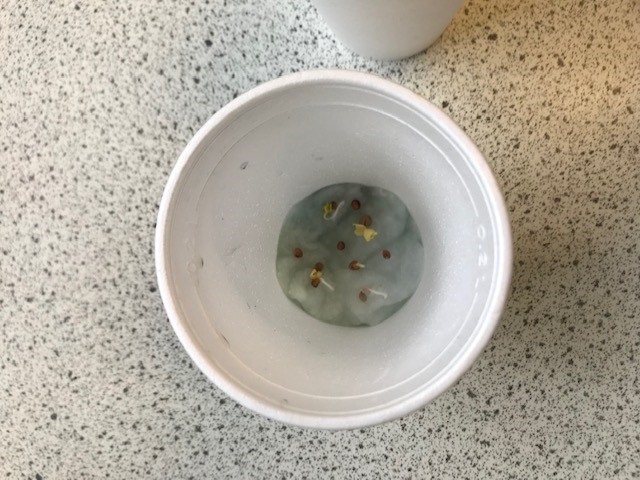
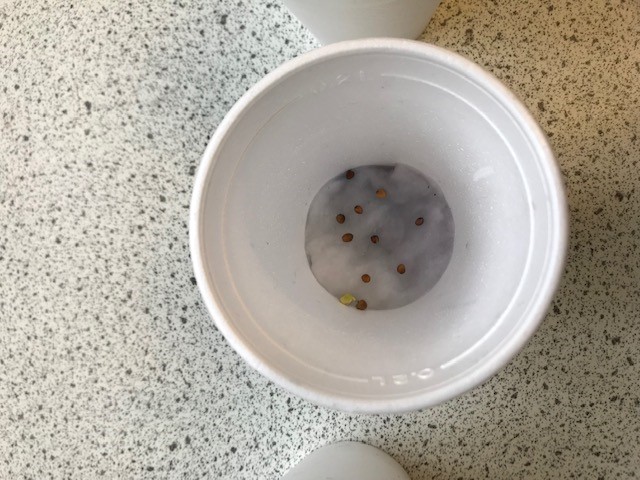
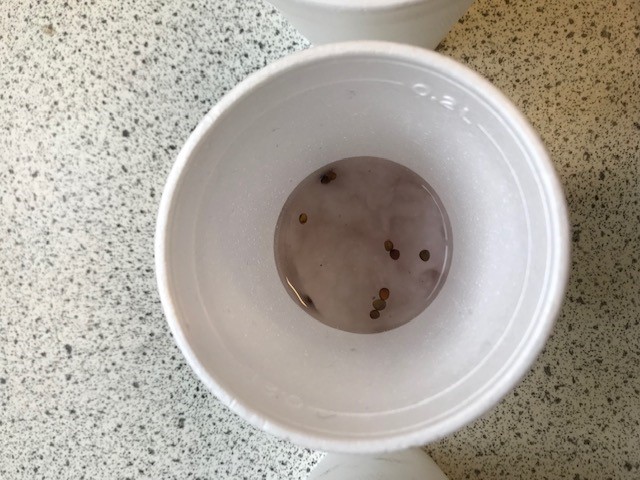
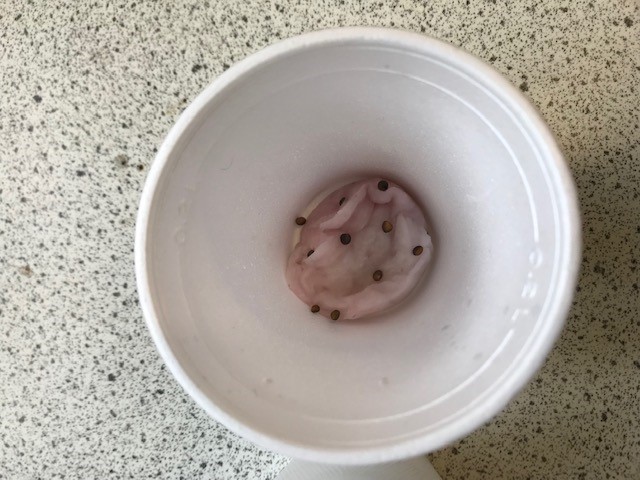
KS3 investigating chemical reaction.
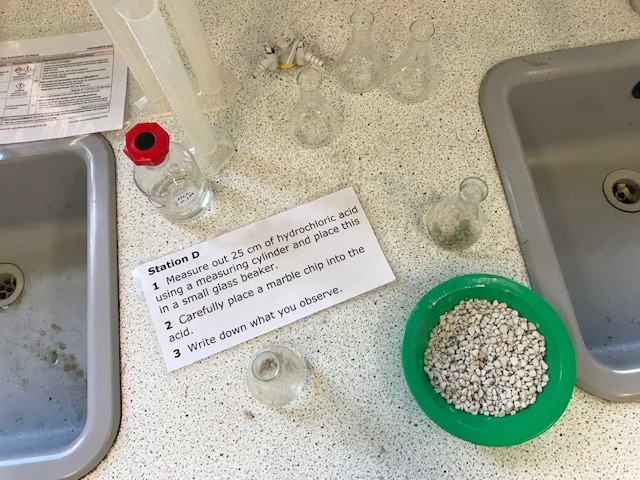

KS3 models of specialised cells.
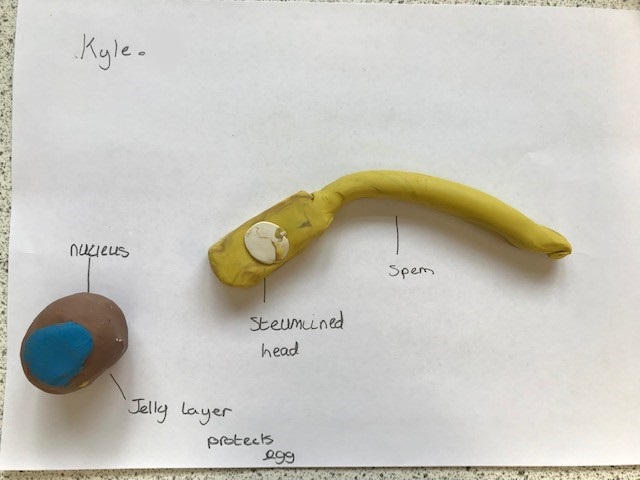
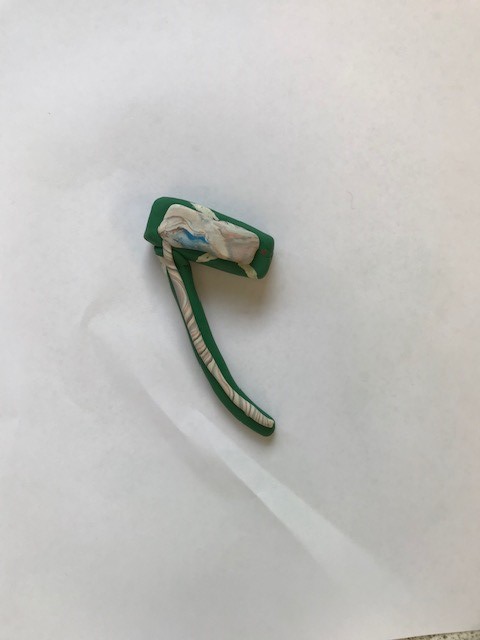

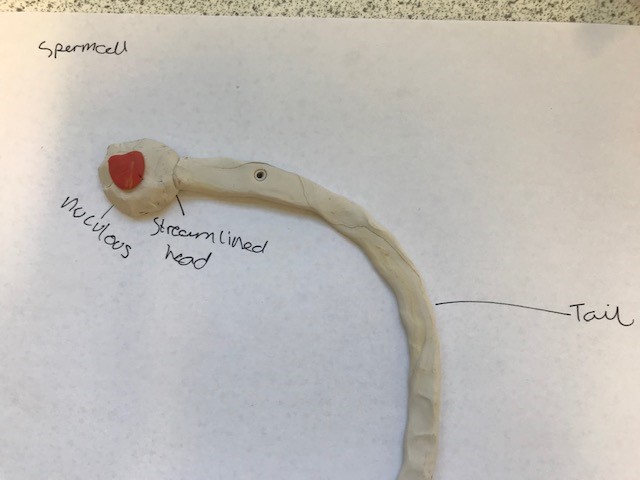
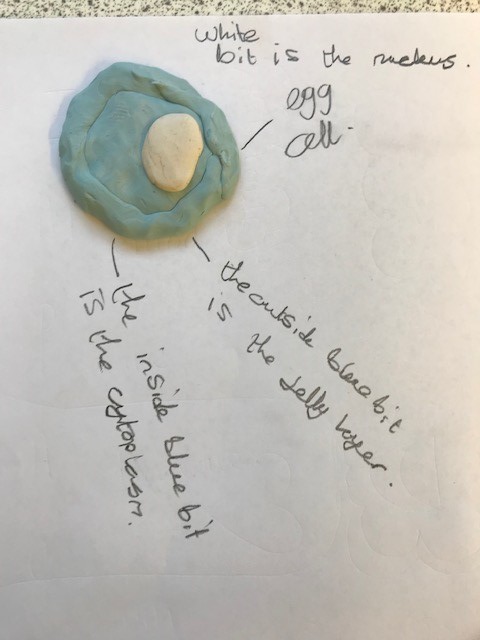
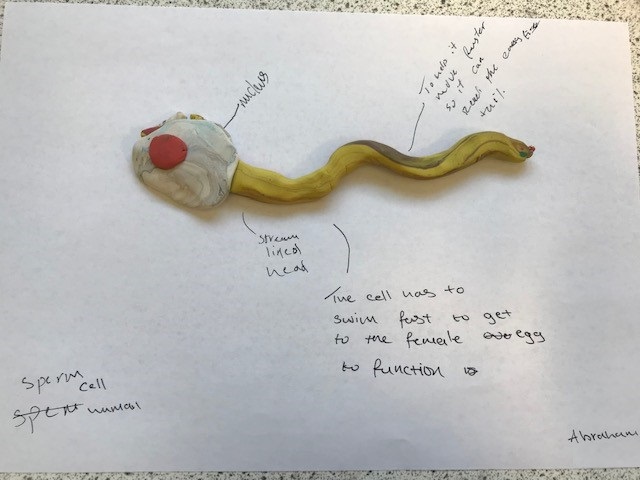
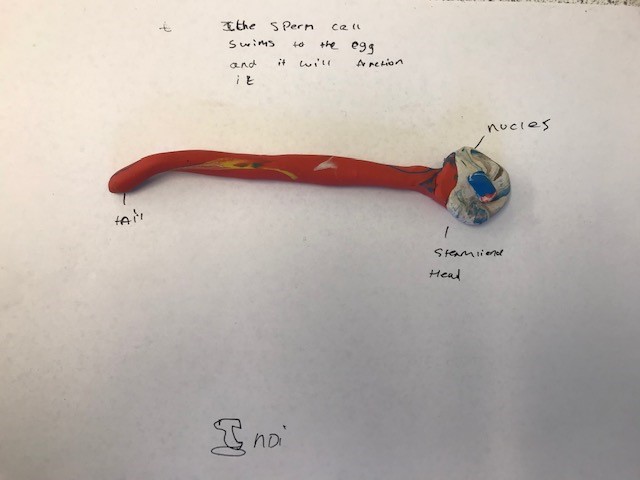
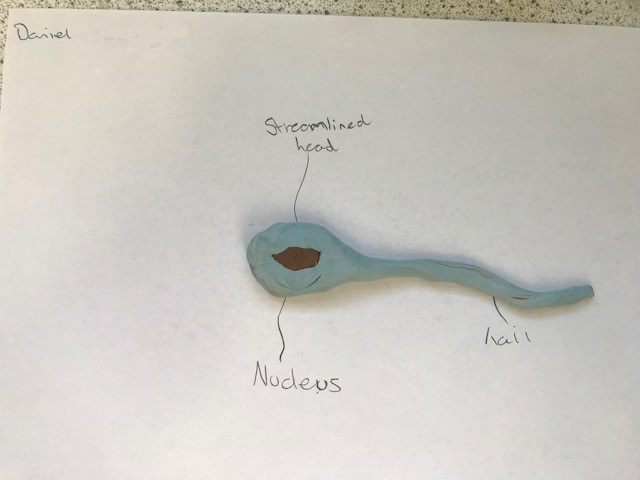


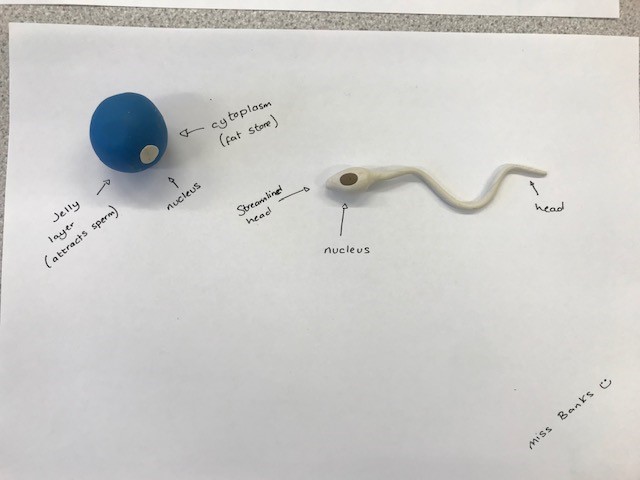
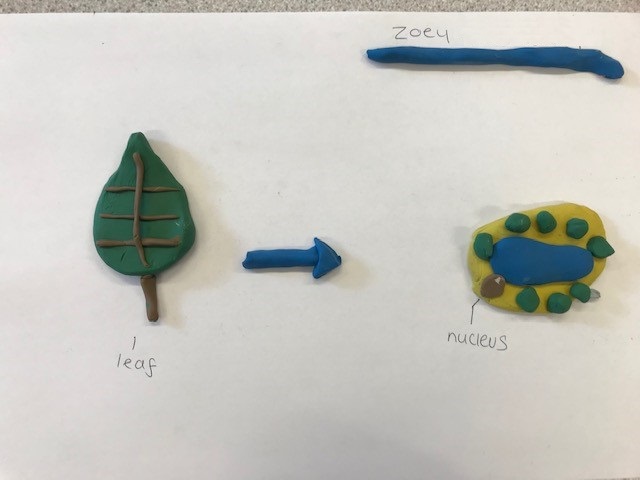
KS3 preparing onion cells for magnification to be able to view cell organelles.
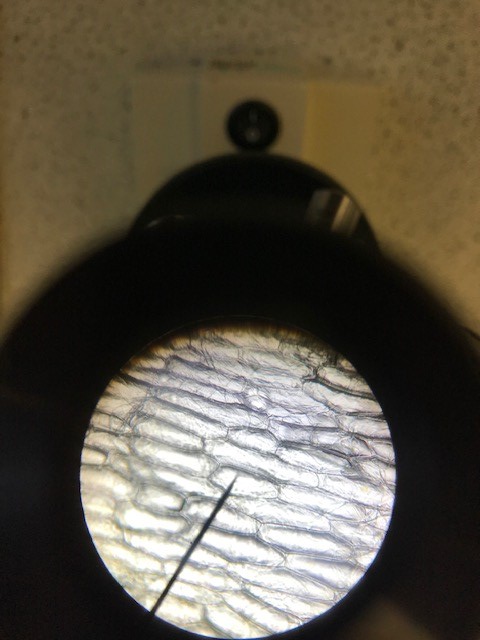

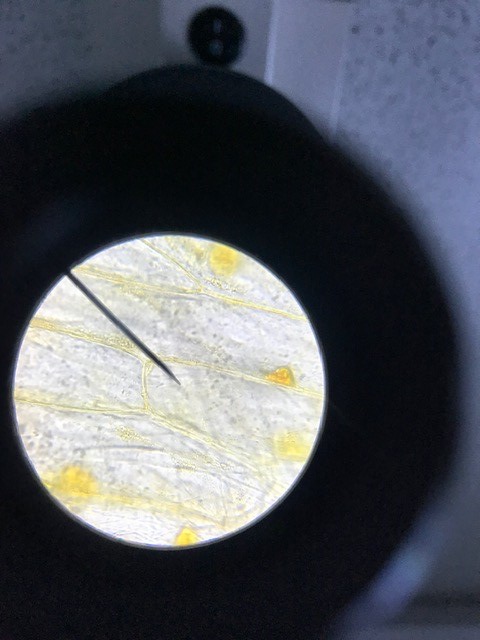

KS3 investigating refraction
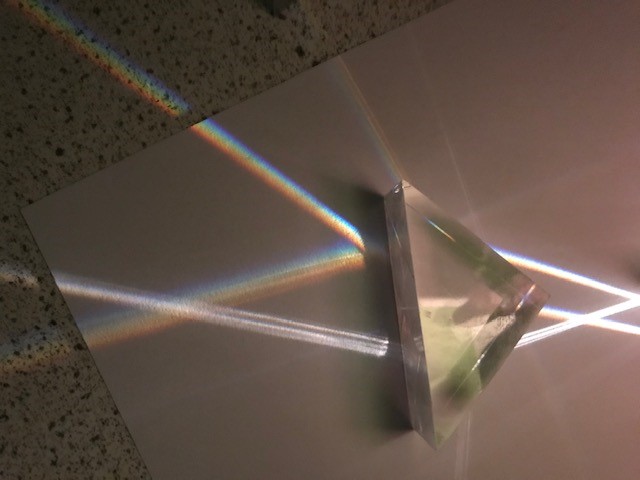
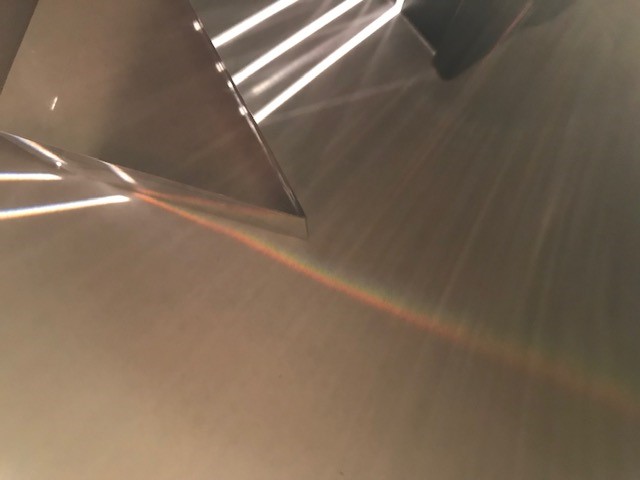
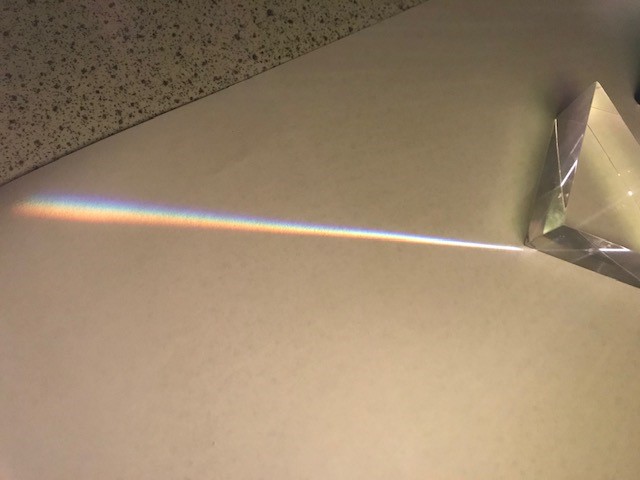

KS4 testing the gas produced when reacting Calcium carbonate with an acid. Pupils looked into the rate of reaction with differing concentrations of acid.
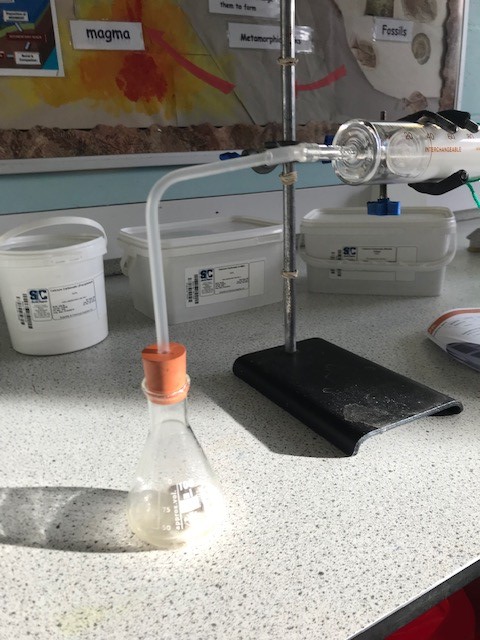
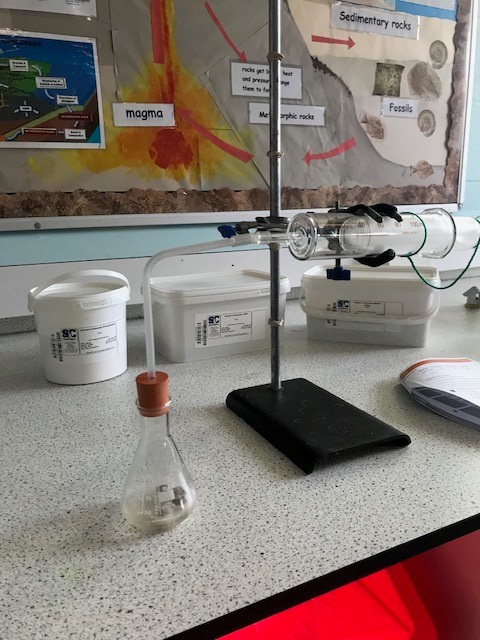
Pupils celebrated World Book Week recreating experiments from the book George’s Marvellous Medicine. Such fun was had by all!
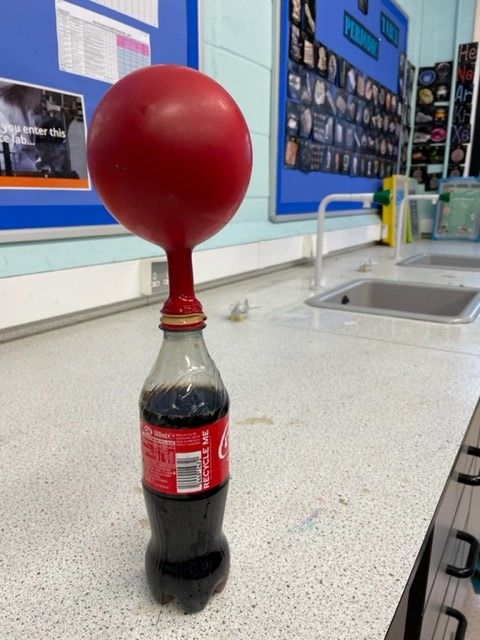
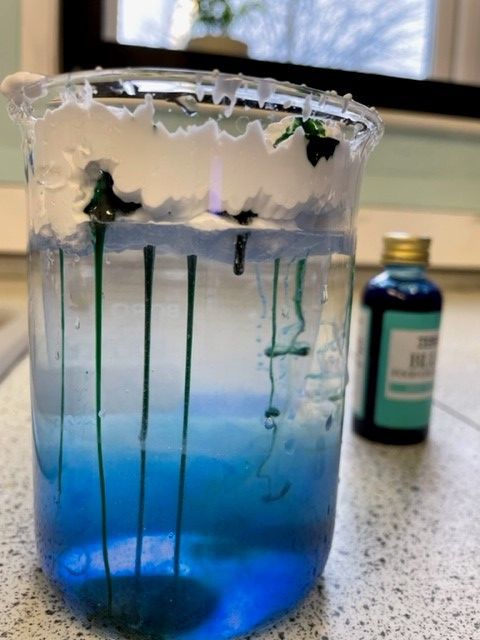
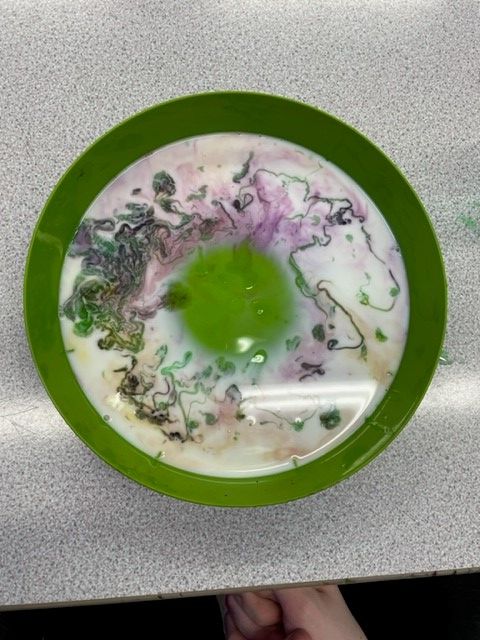
KS3 have been testing the conductivity of metals comparing how fast wax melts to observe the rate of conductivity.
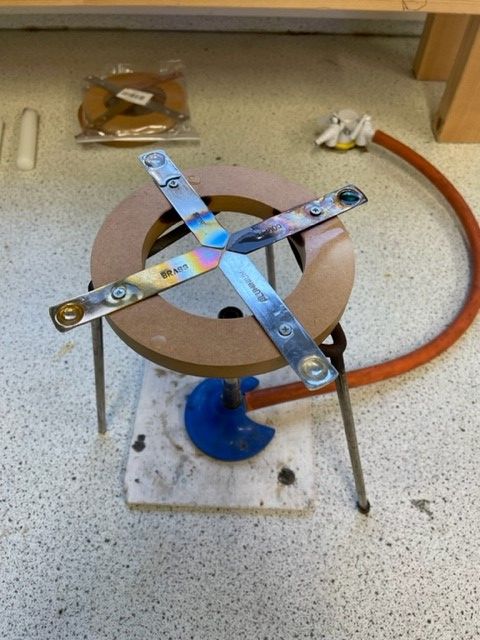
KS3 have been developing their engineering skills designing and making cable cars to transport boxes over a river along a long cable. Pupils developed their cars so that they also went back up the cable. Very impressive.
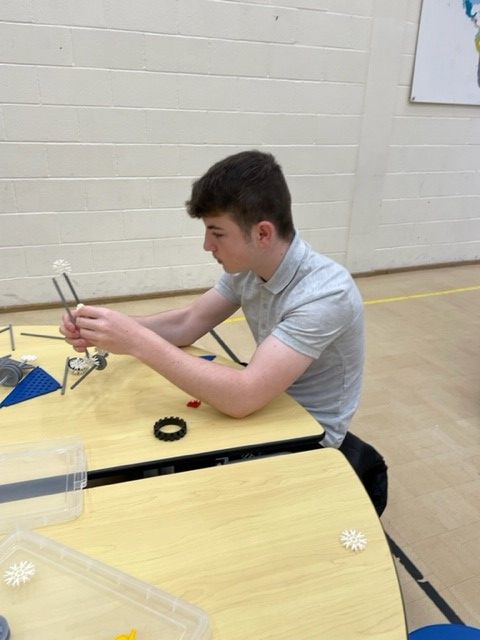

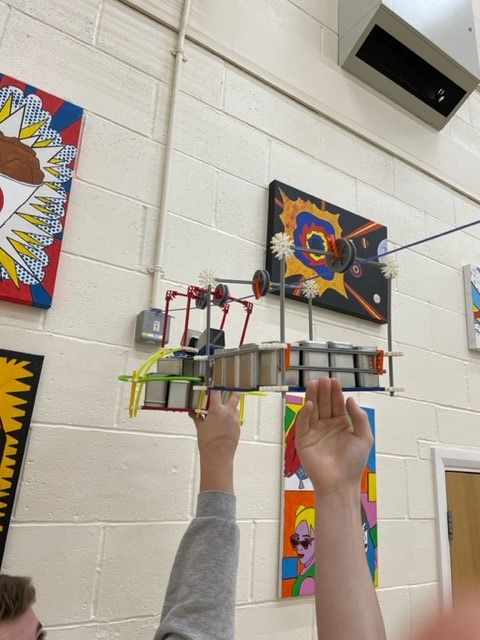
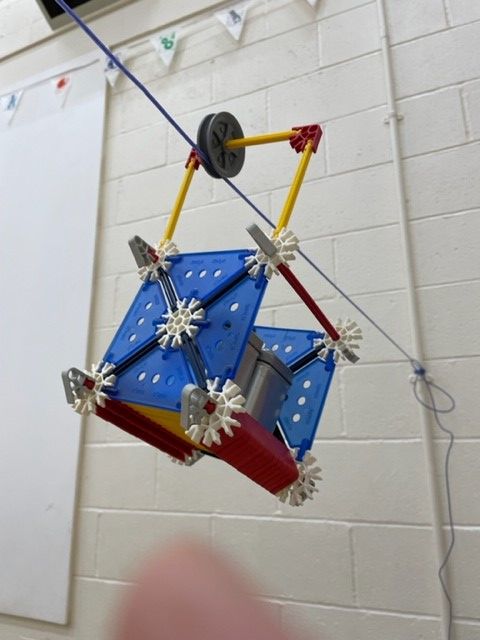
KS4 building and testing elastic-band vehicles.
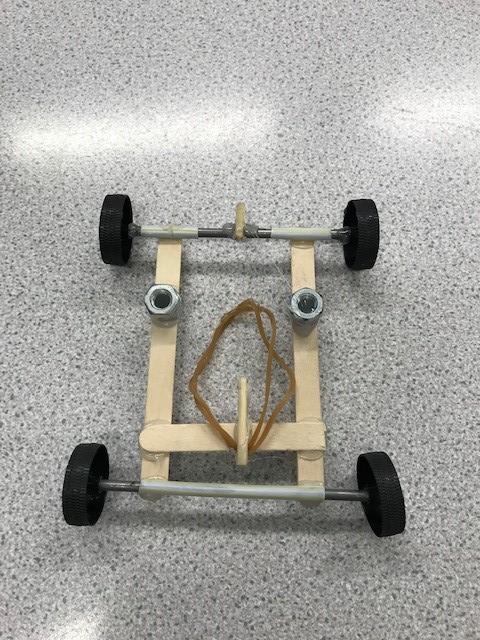
KS3 reacting iron filings with oxygen to form iron oxide. Pupils had fun seeing what sparklers are made of.
Vegetable Garden
We are very proud of our vegetable garden and gave really enjoyed eating its produce. Here are some photos of the juicy and delicious tomatoes and where we have served them for school lunch.
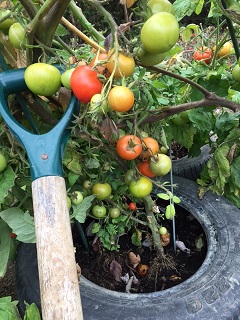


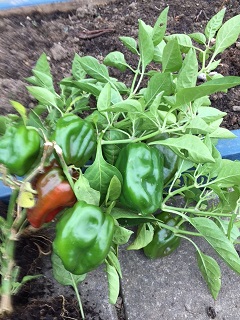
The Pod Survey
The Pod working alongside the British Trust for Ornithology (BTO) has an exciting citizen science campaign called "What’s under your feet", helping to uncover the impact climate change is having on birds across the UK.
KS3 are taking part in this national survey to investigate why in some areas bird populations are going down. We are looking at what our soil holds for the birds to eat. We will be looking again in March and in June to then send our data off to The Pod website to be apart if the scientific journal published later on in the year.
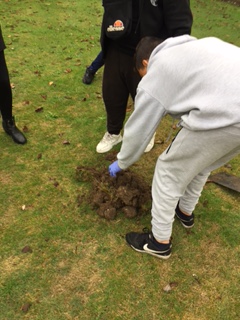
We have reported our findings so far back to the Pod and joined the 2092 other schools taking part in this survey. We will be named in a scientific paper when it is published later on this year that will help the BTO unlock the mystery of bird numbers and their migration patterns.
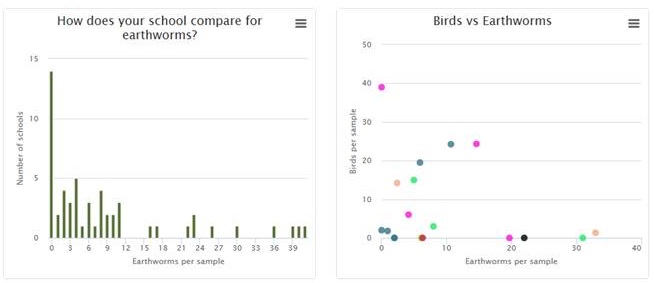
We have completed all 3 surveys and have sent the results off to The British Trust for Ornithology (BTO). The reason for thousands of schools around Great Britain to take part in this survey is because The British Trust for Ornithology has found that many bird species are declining across the UK. The more scientists can find out about what is causing these declines, the better conservation efforts to protect them will be. One of the biggest gaps in knowledge is how food abundance affects bird populations and how this might be changing over time. Soil invertebrates are an important part of most birds’ diets and so this project will greatly improve our understanding of bird populations.
What’s Under Your Feet is a great example of ‘citizen science’ in action. Young people from Pod schools around the UK will make observations that are compiled into one large data set to be analysed by the BTO’s scientists. This data will form the basis of a research paper, and participating schools and groups will be credited in this for their involvement.
Taking part is a great way to use our school grounds as a learning environment, find out more about the animals living in our school’s habitats, develop real science skills and understanding, and by uploading our data, be a part of a real – and important – scientific project.




